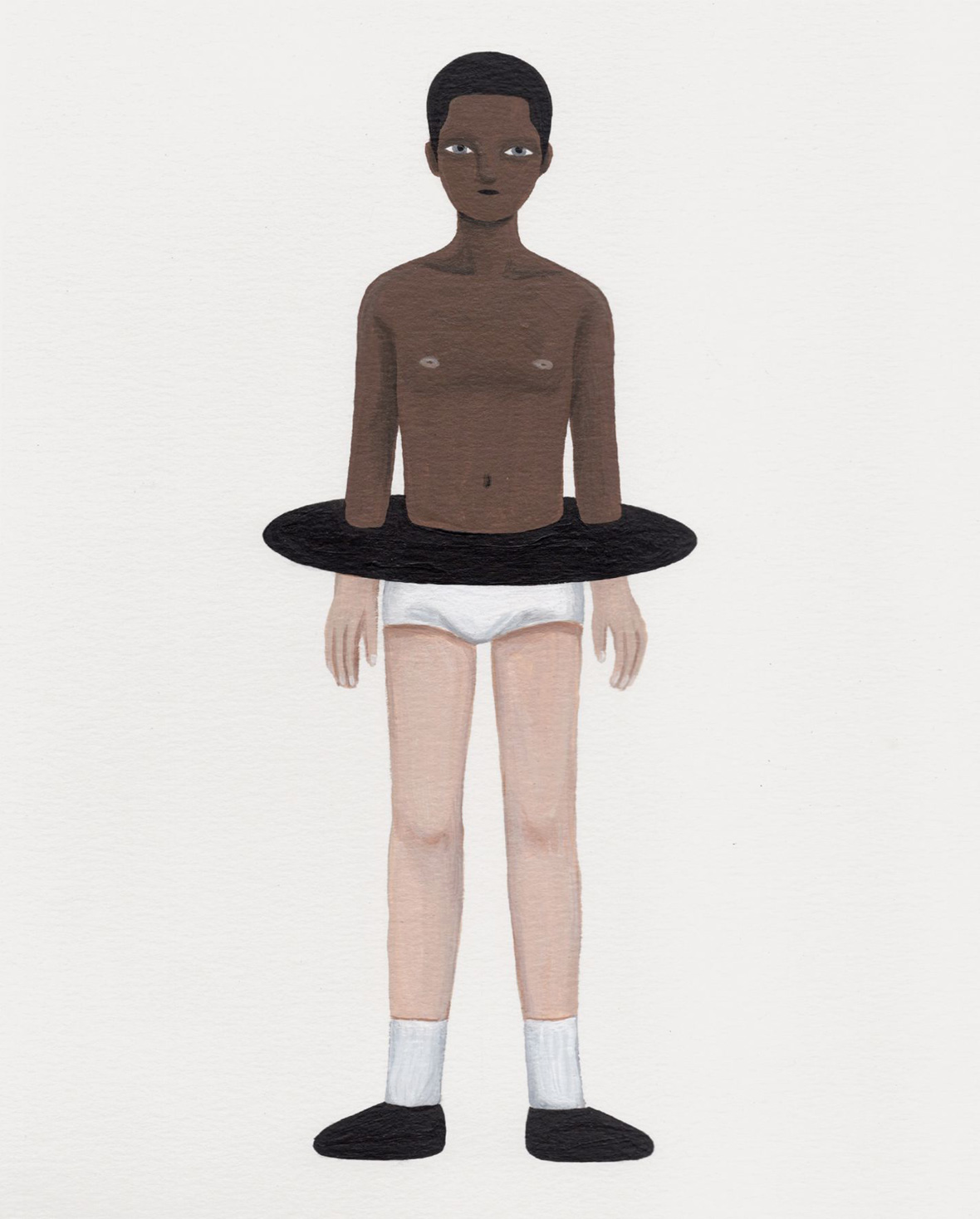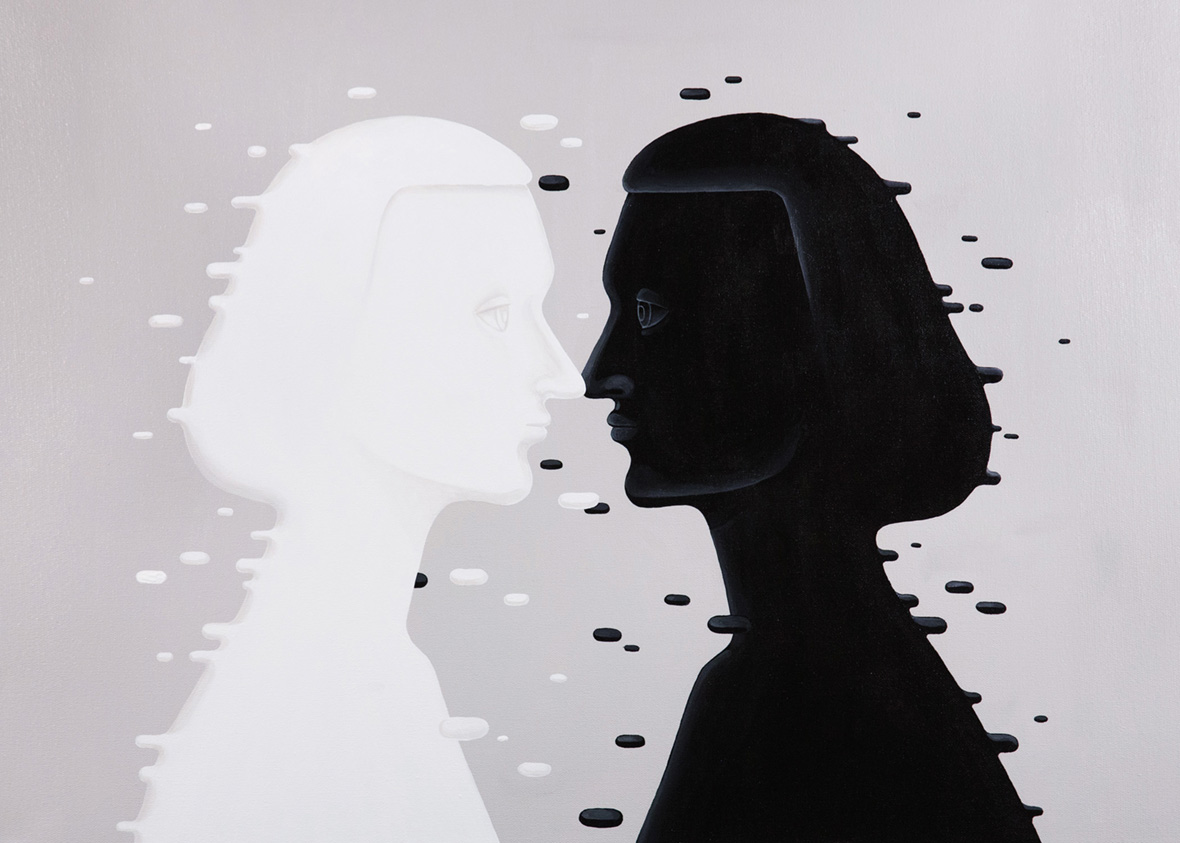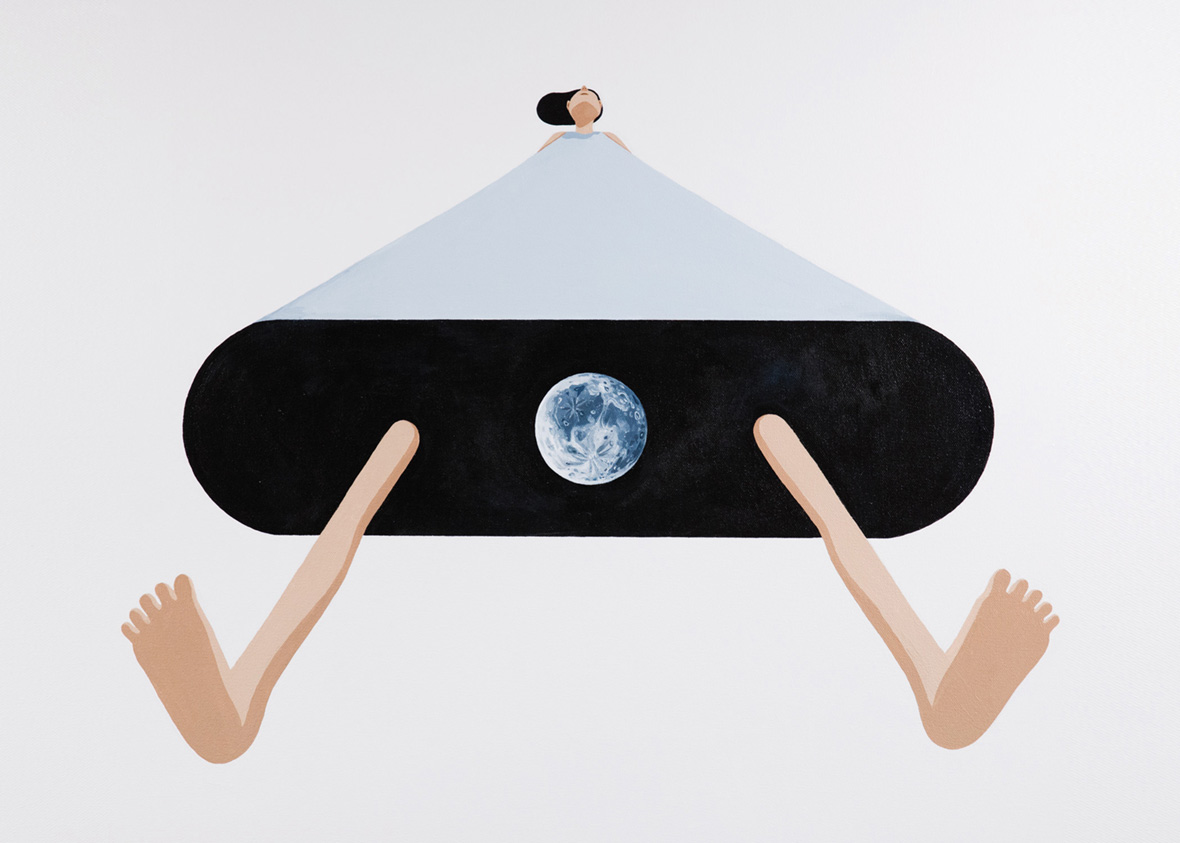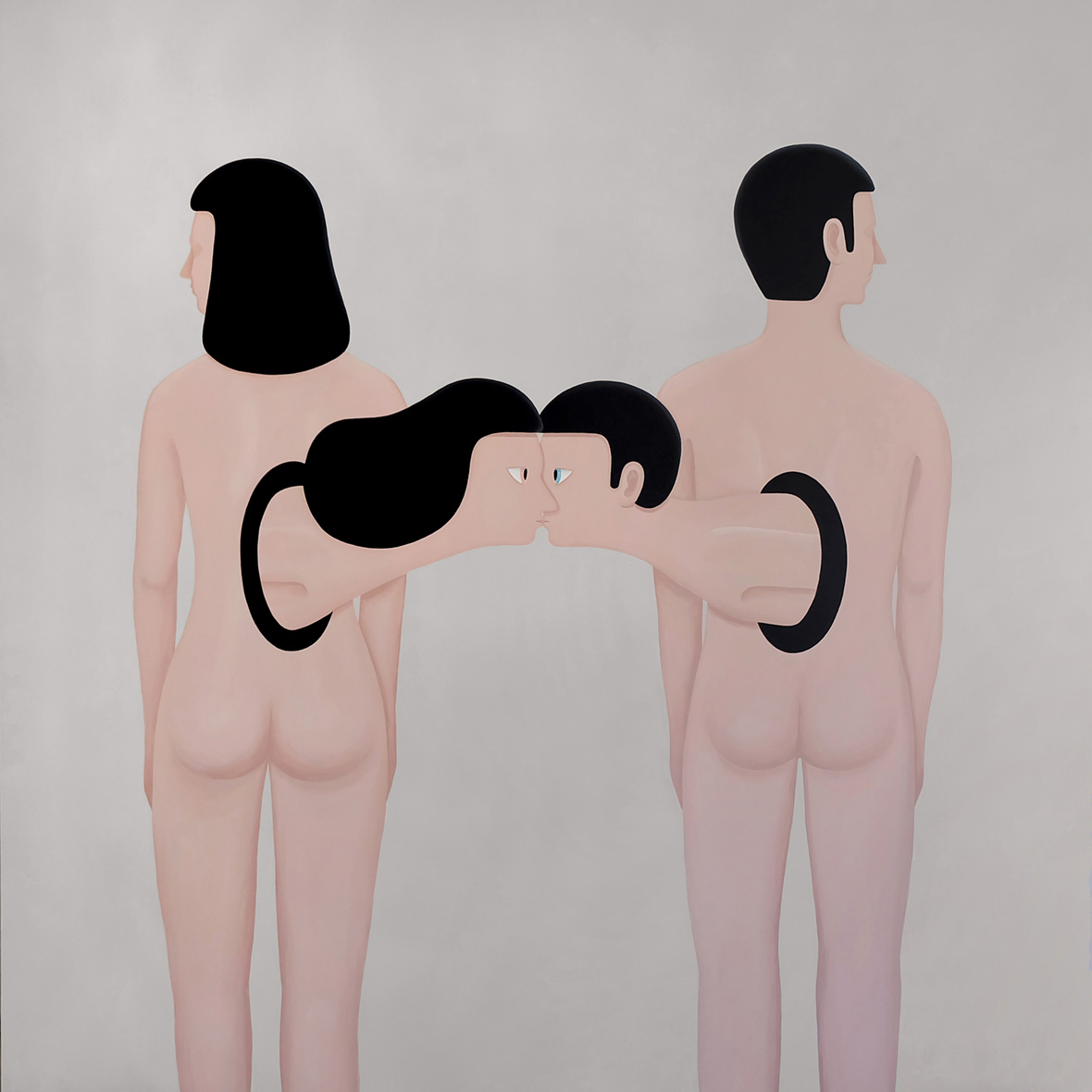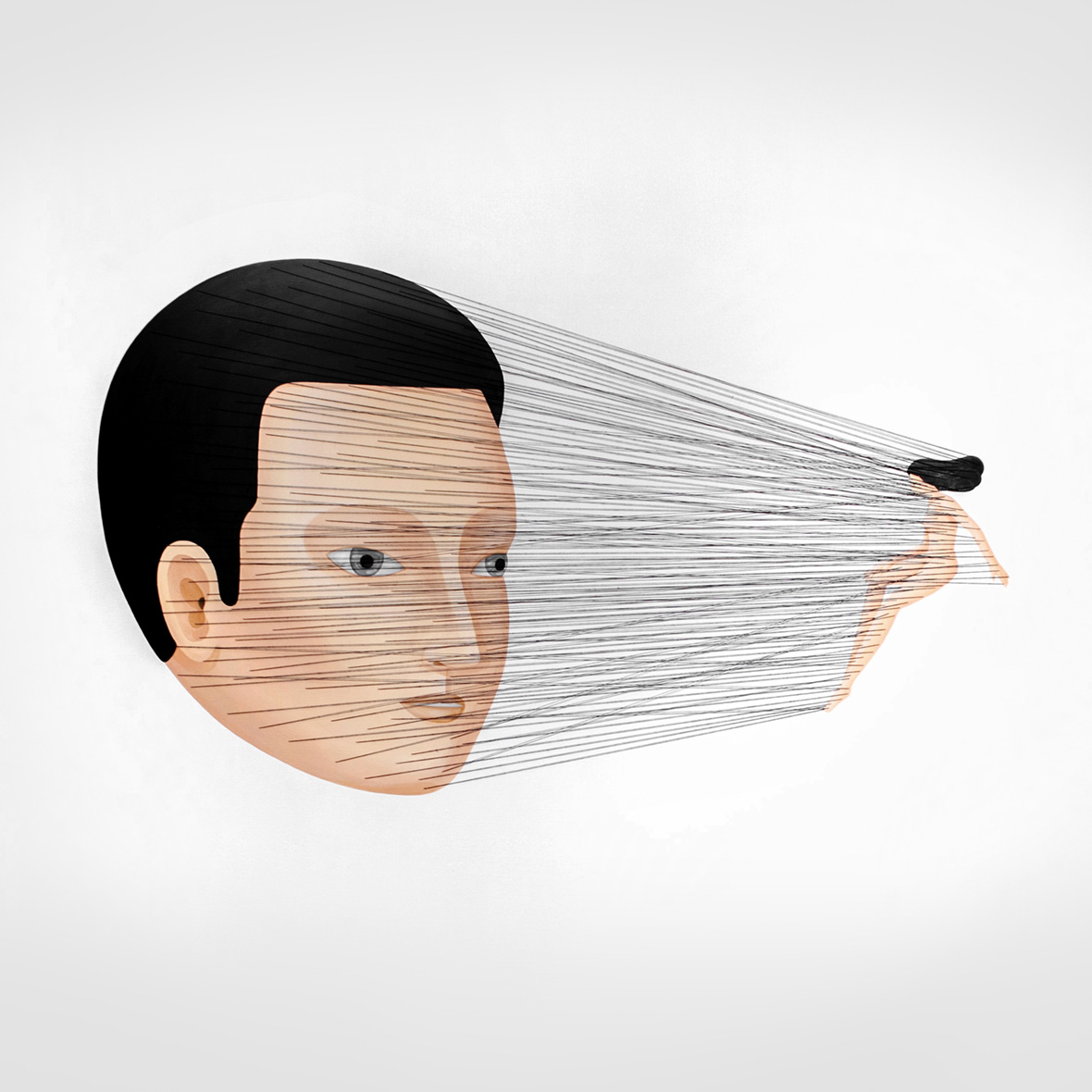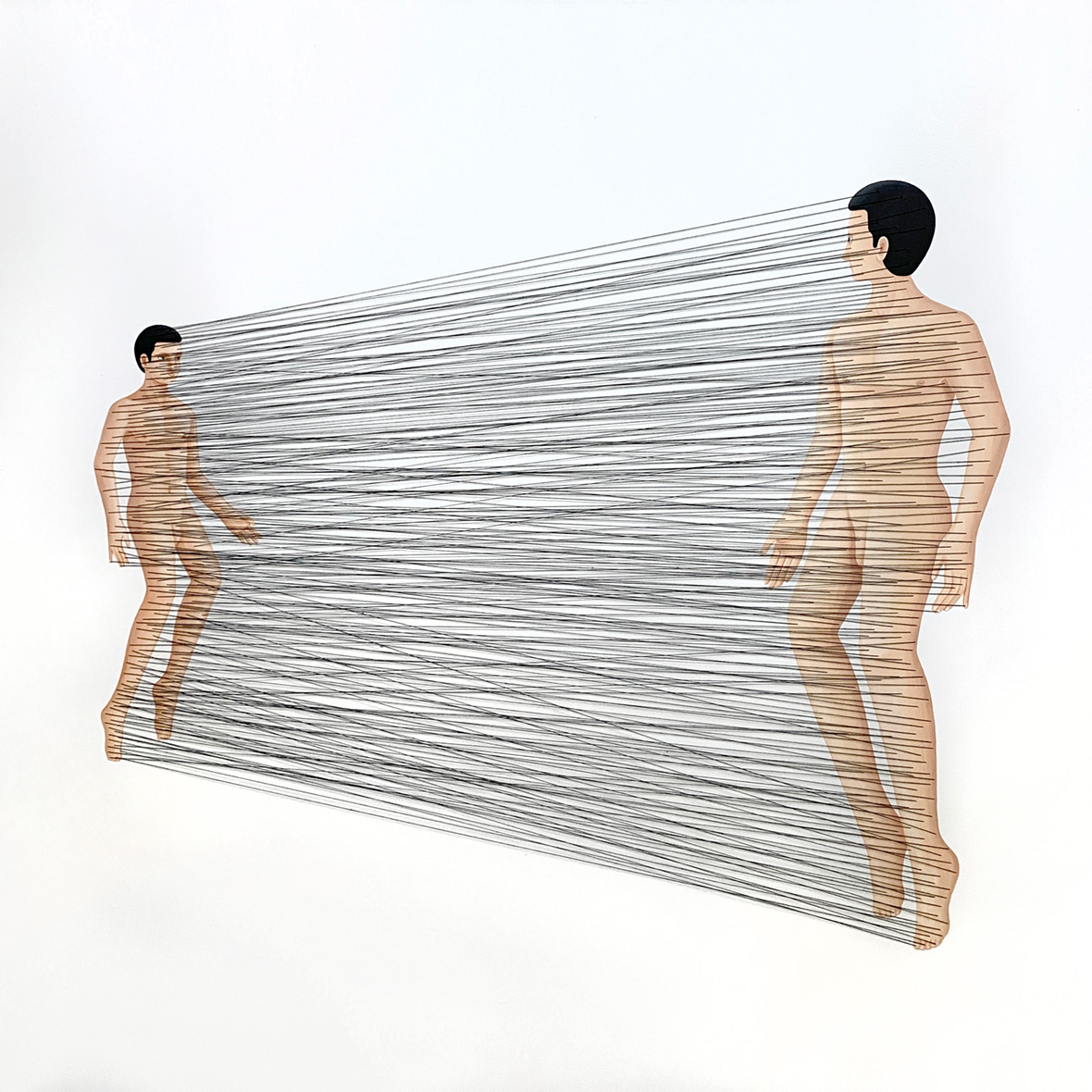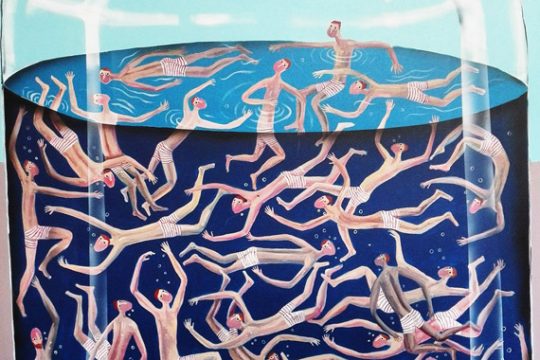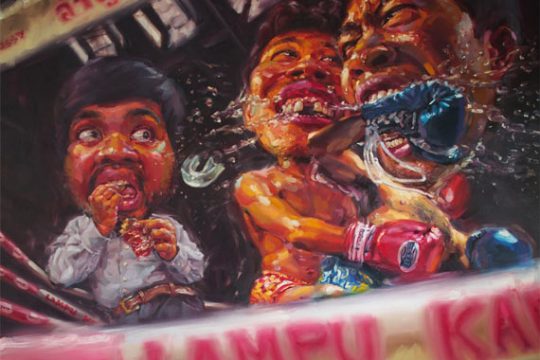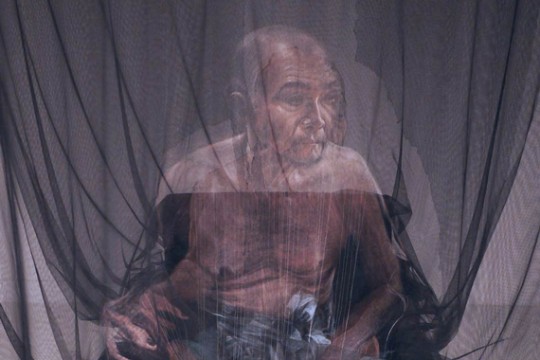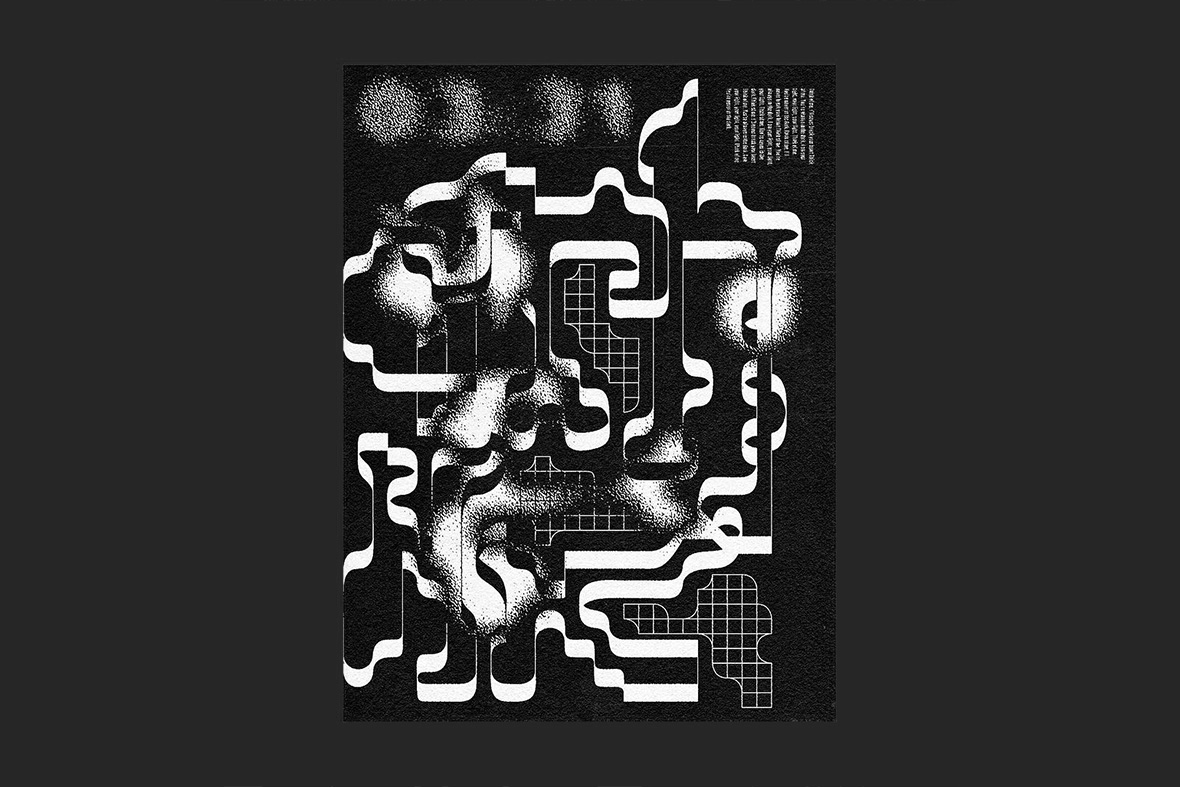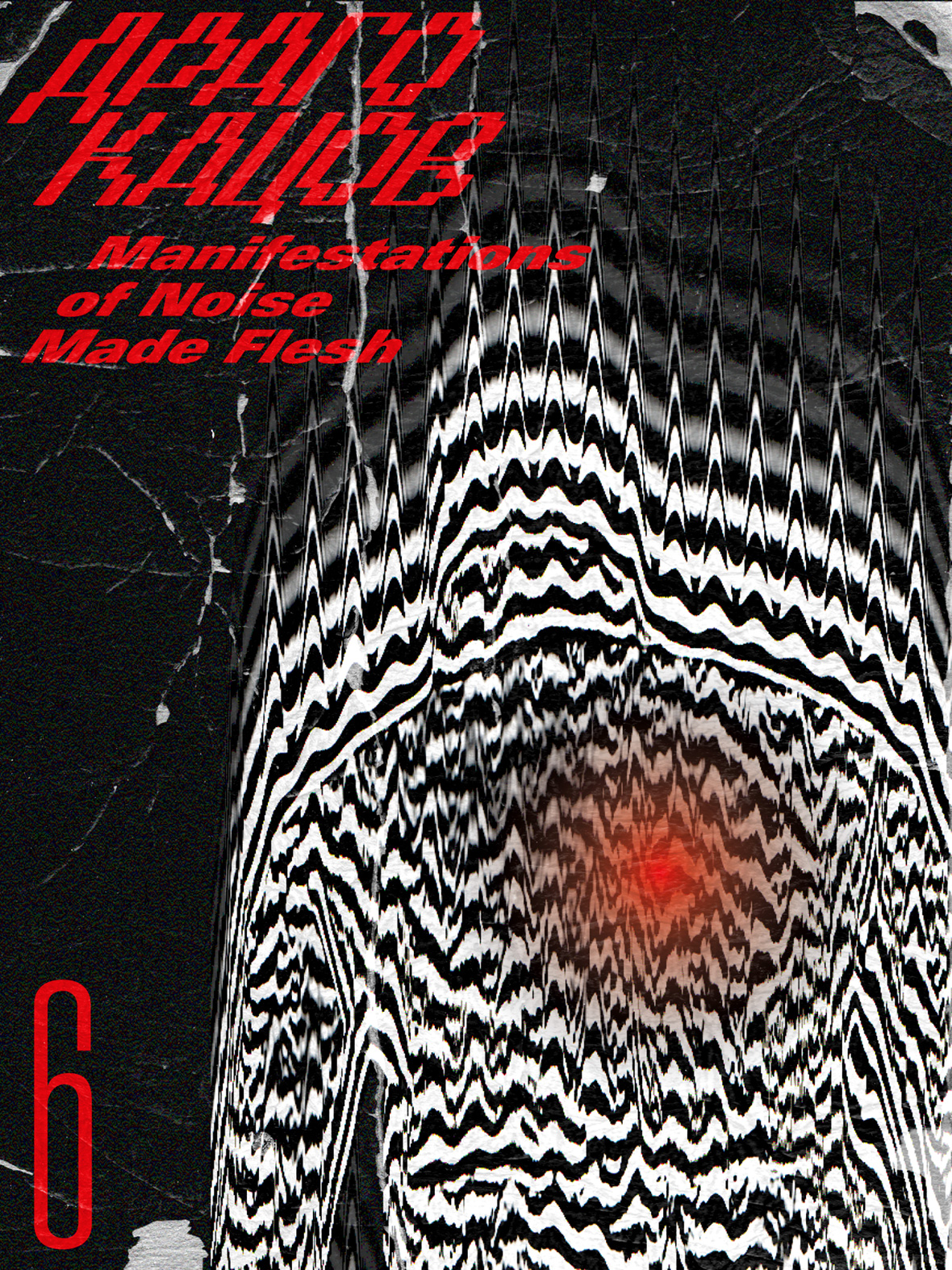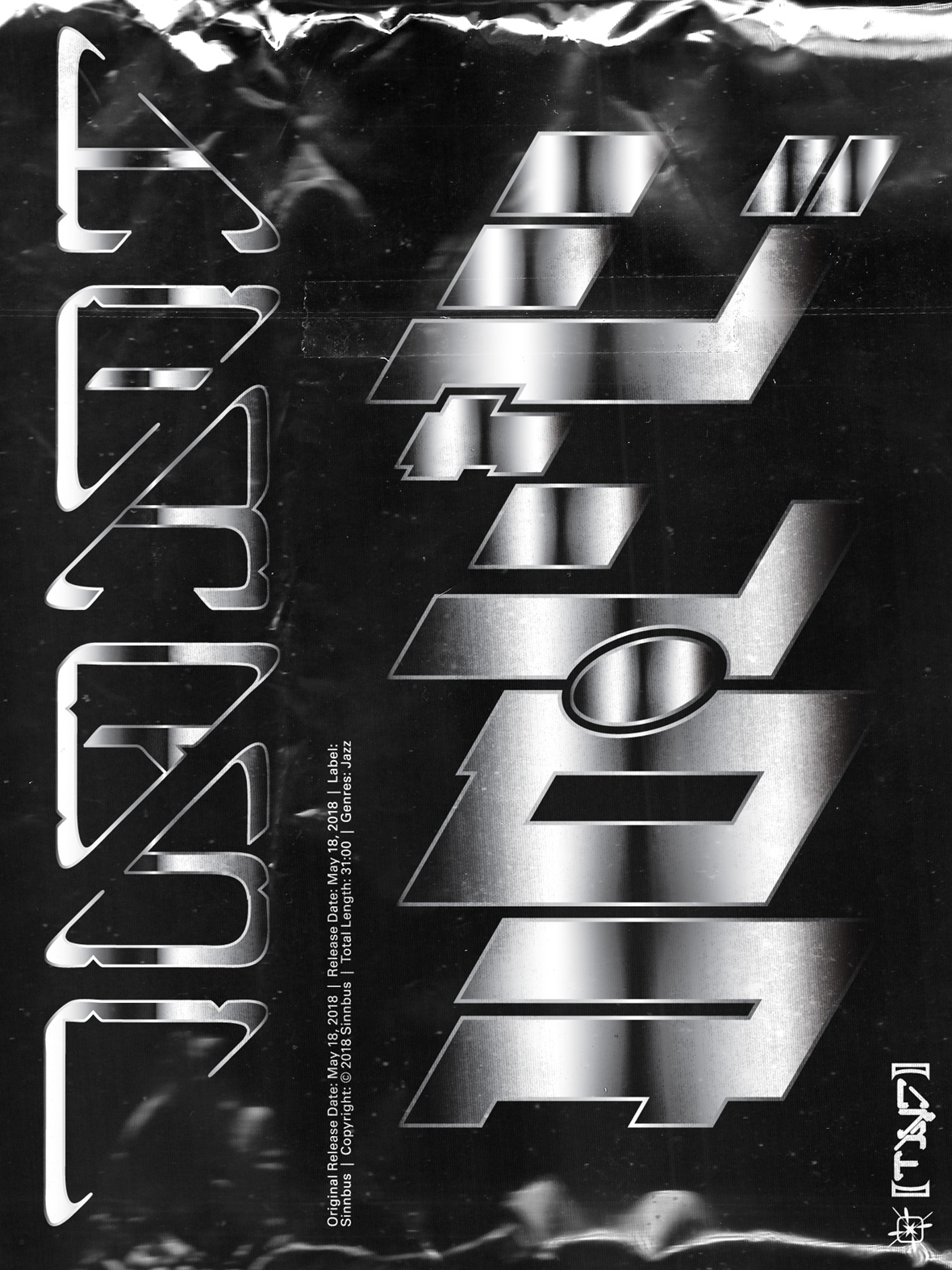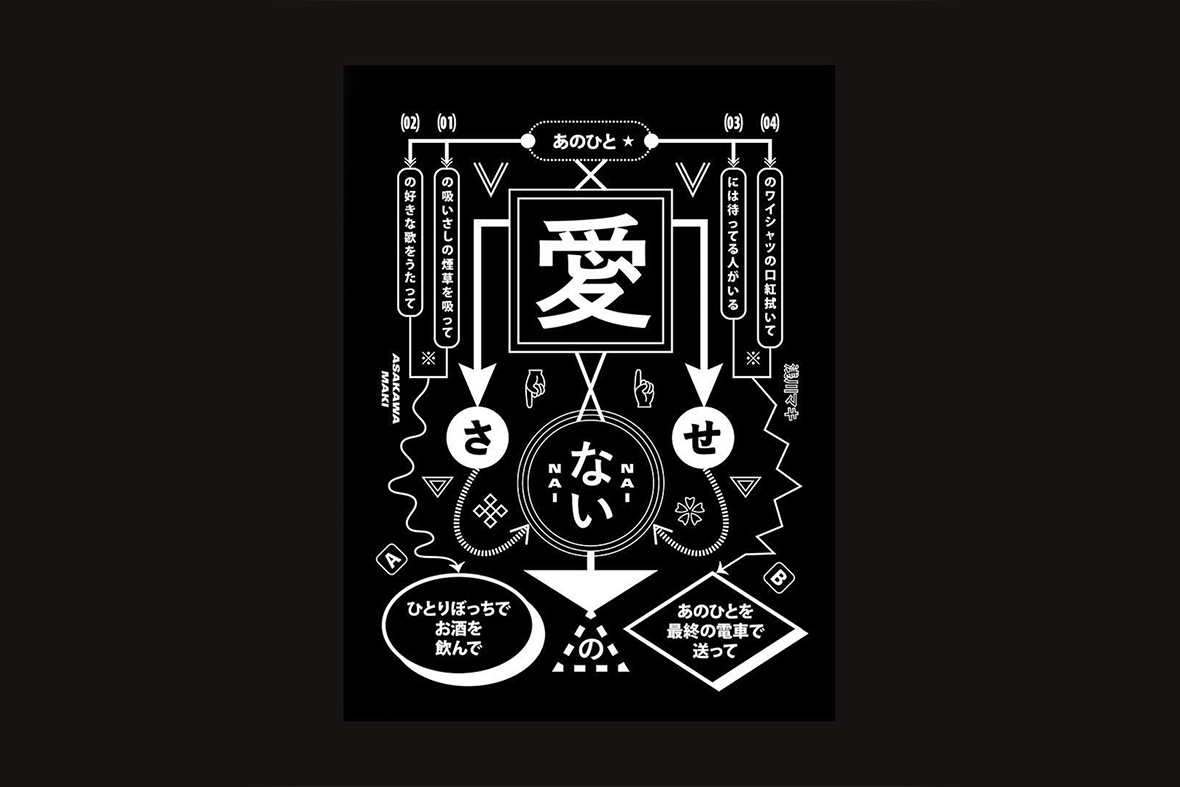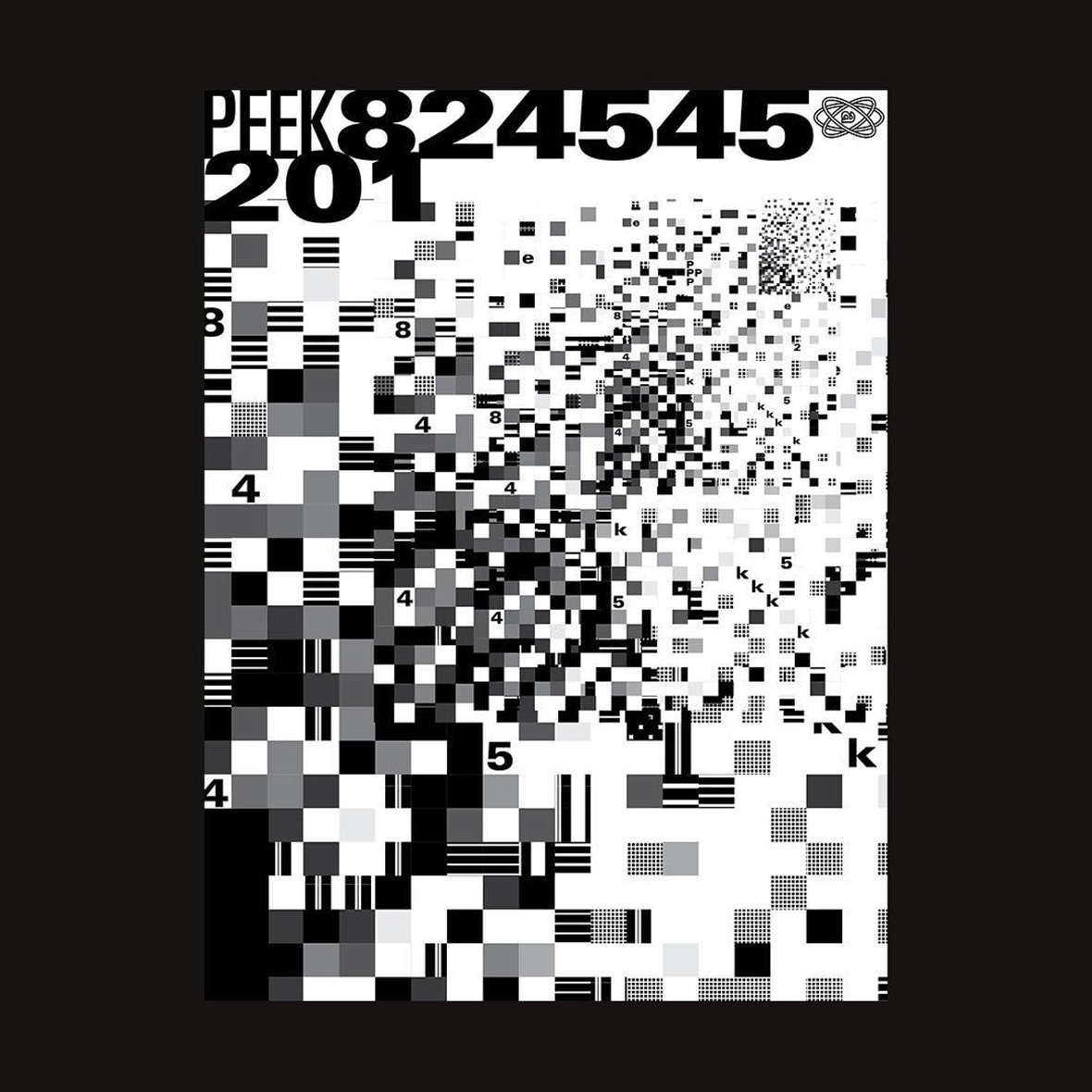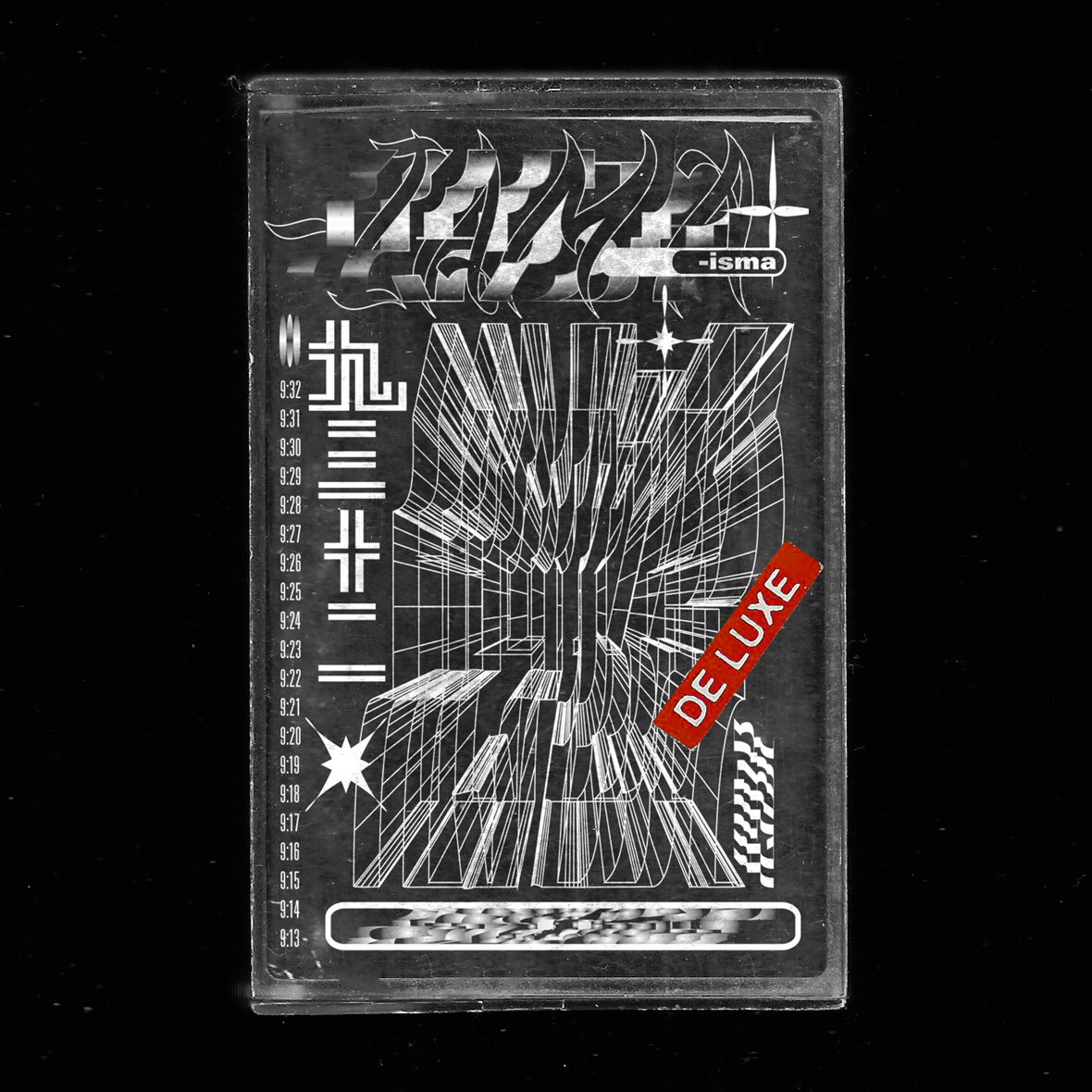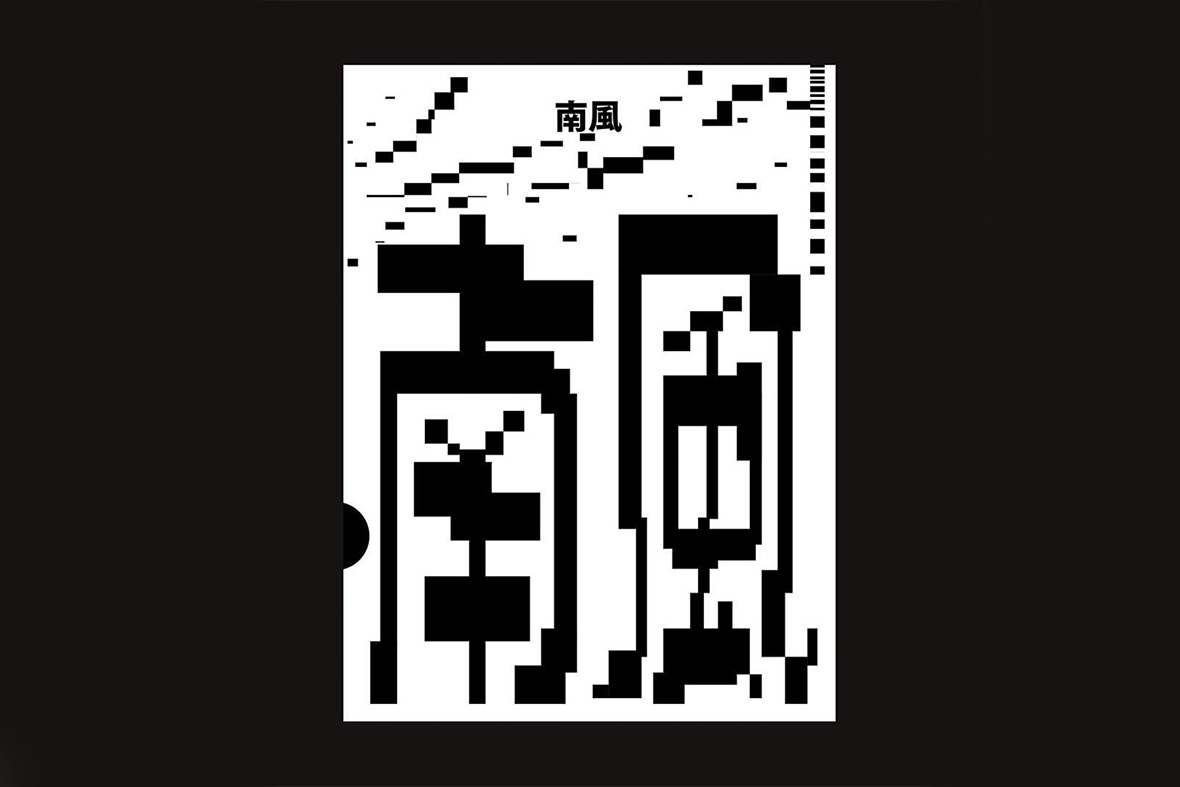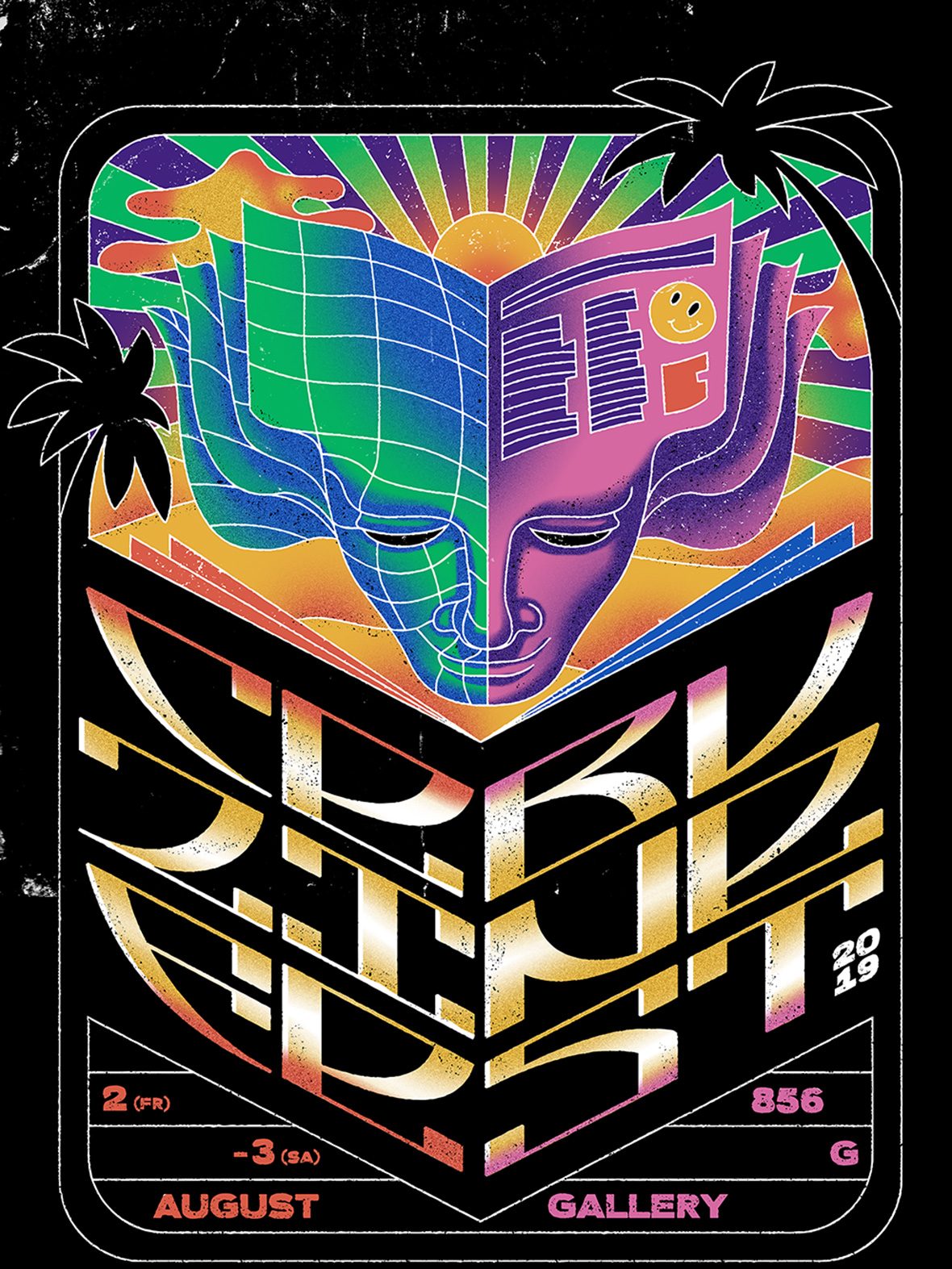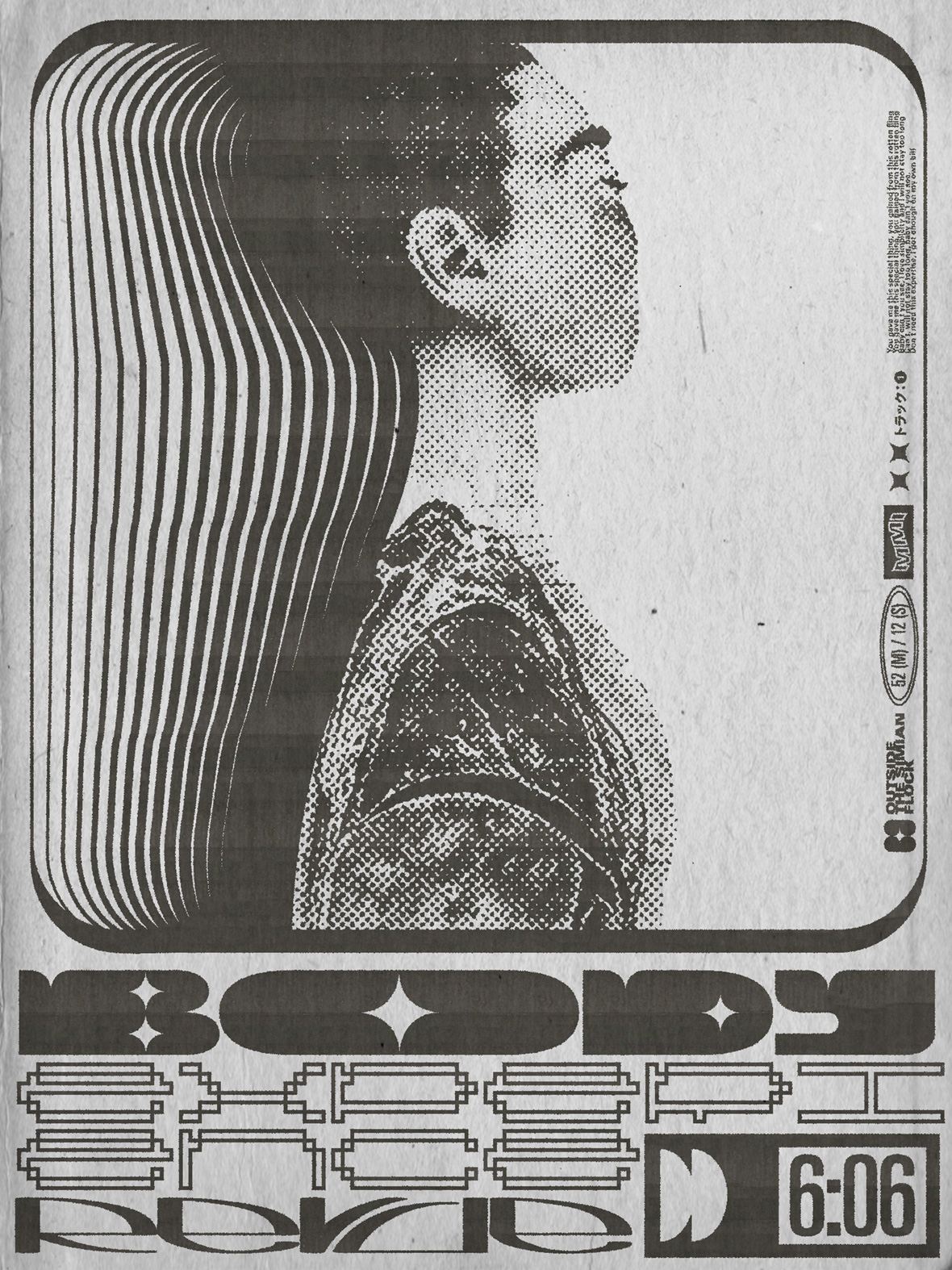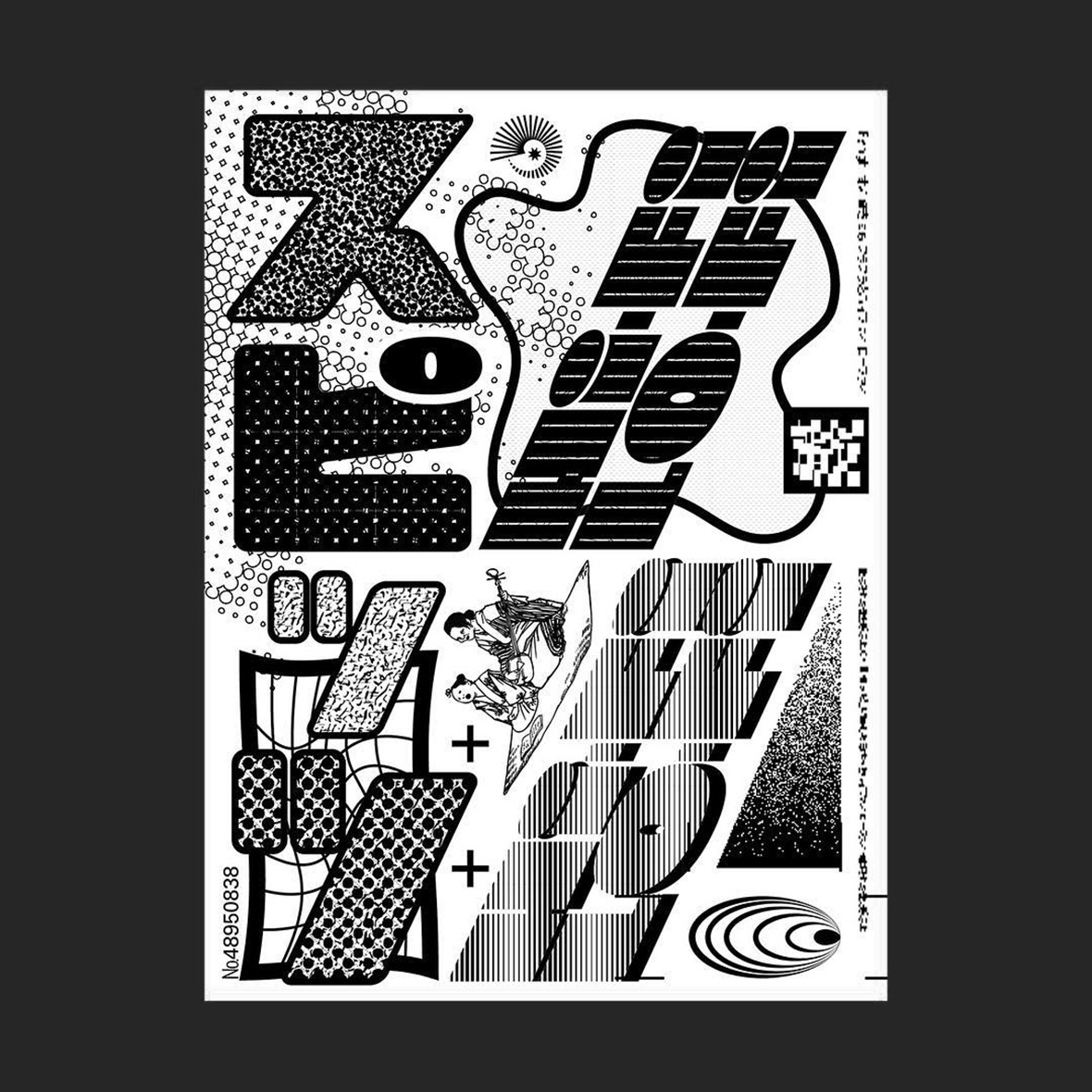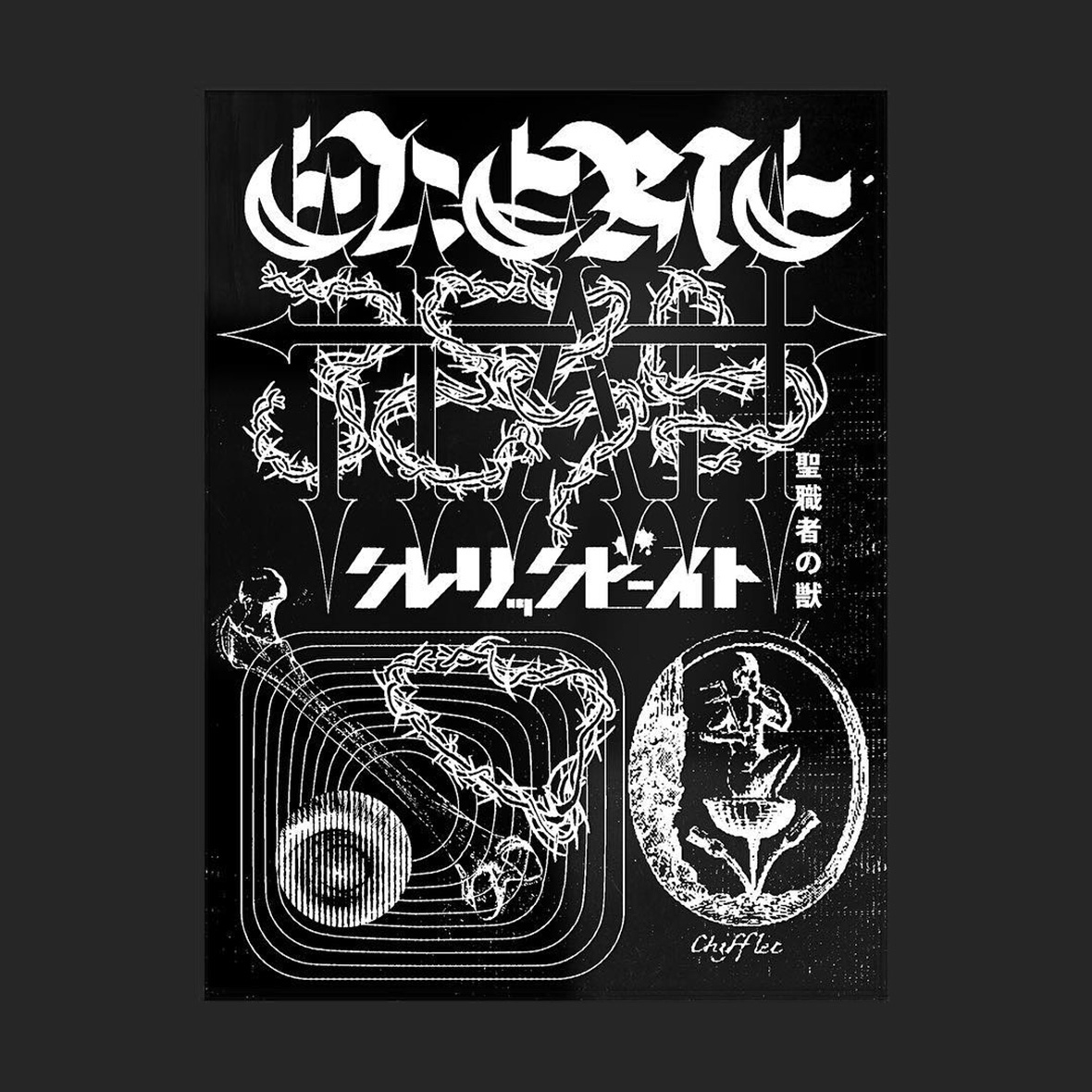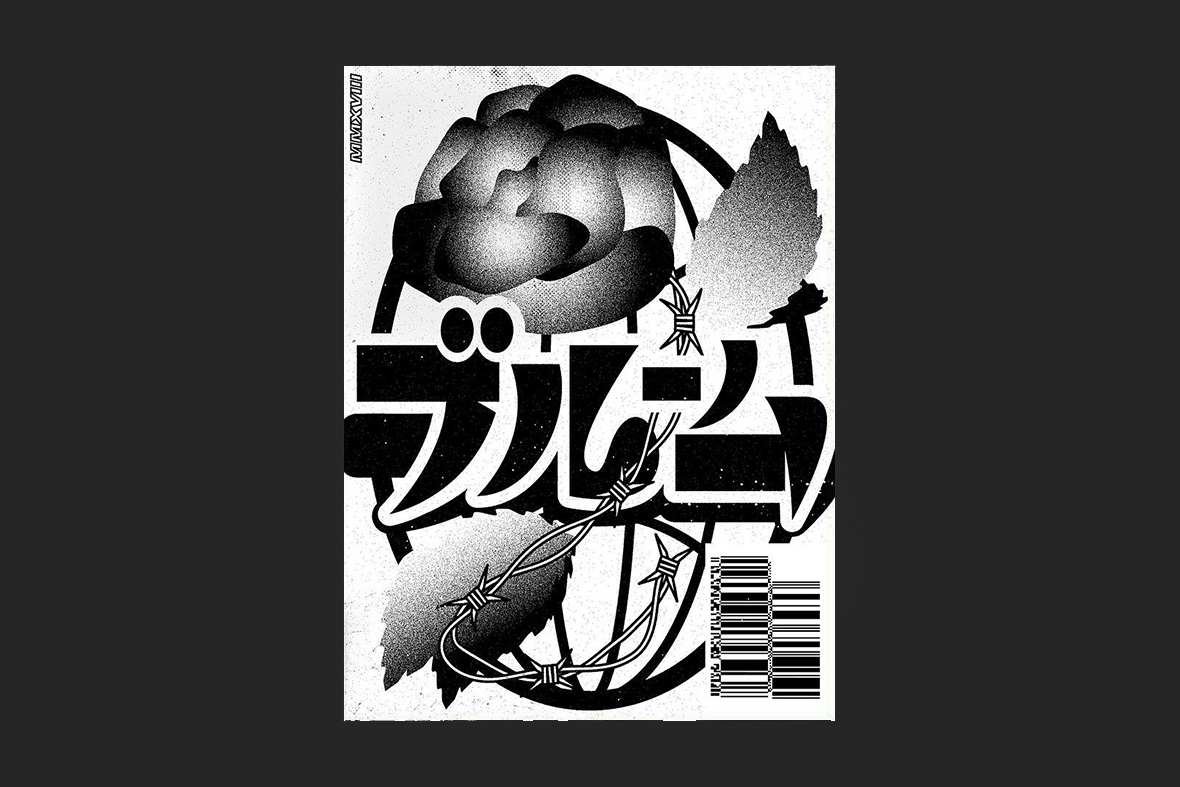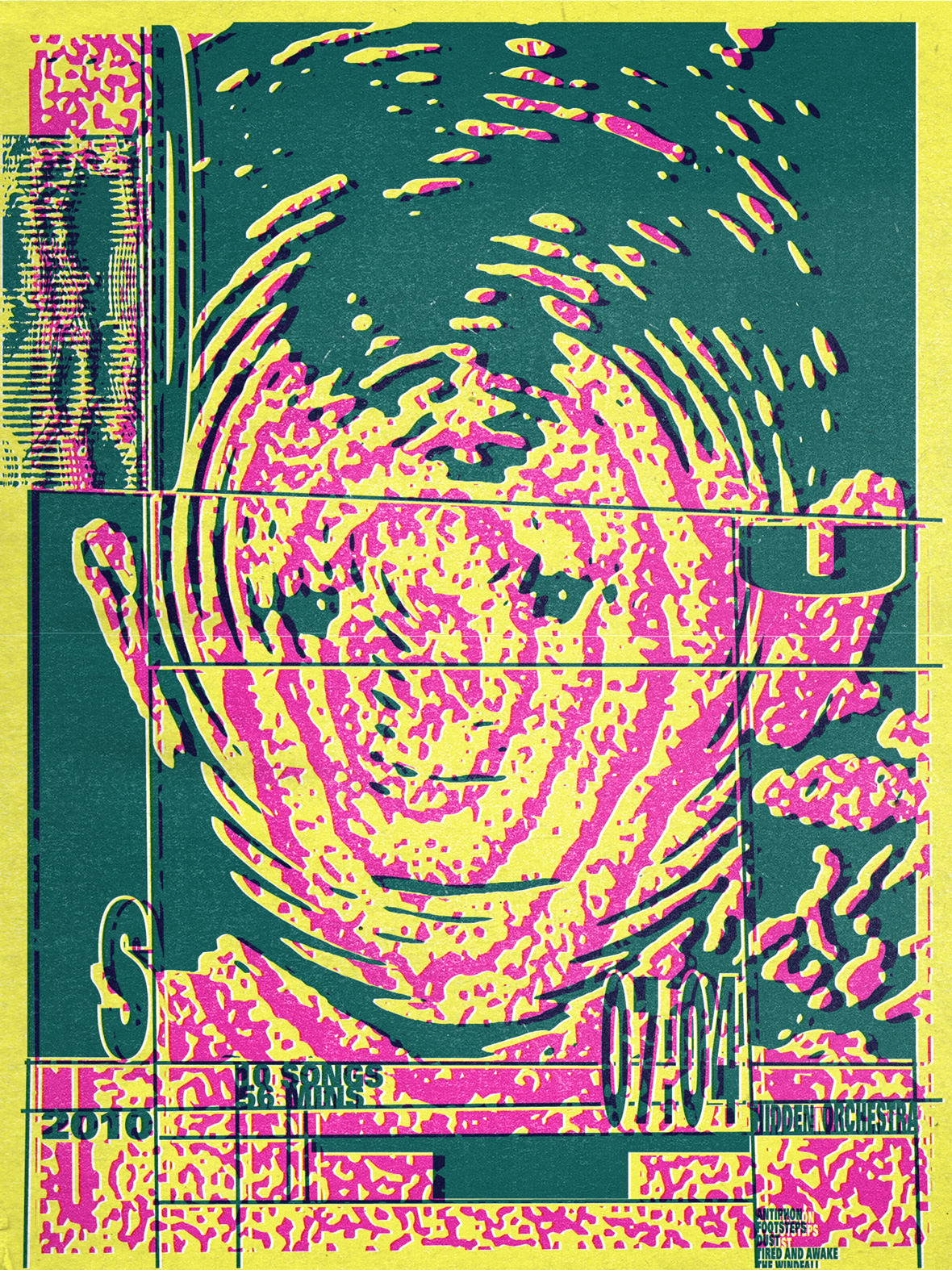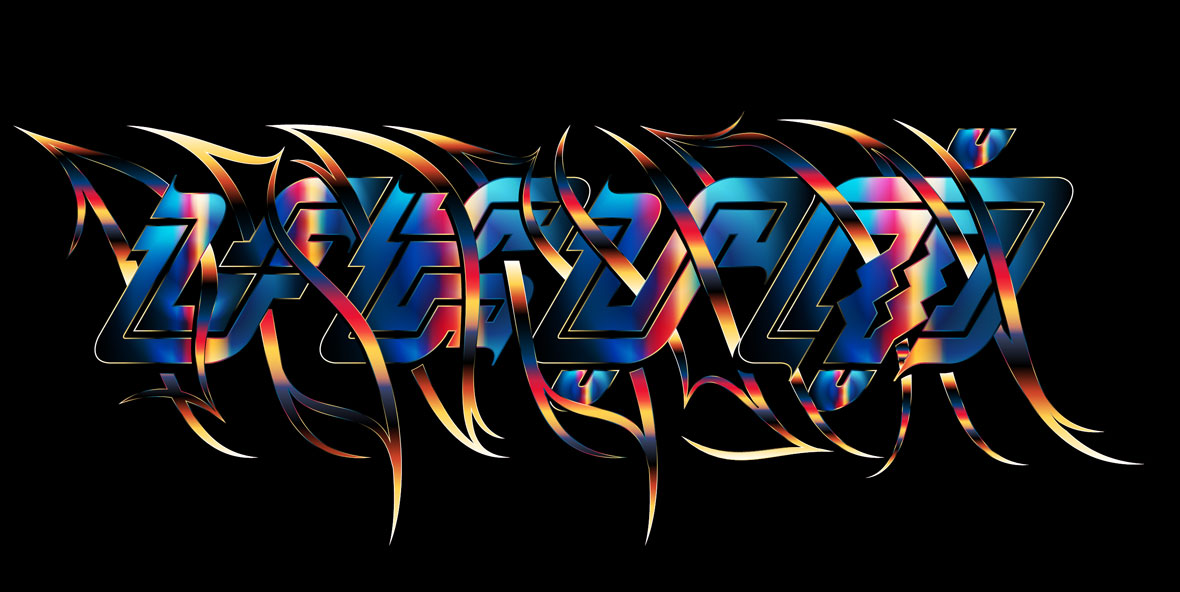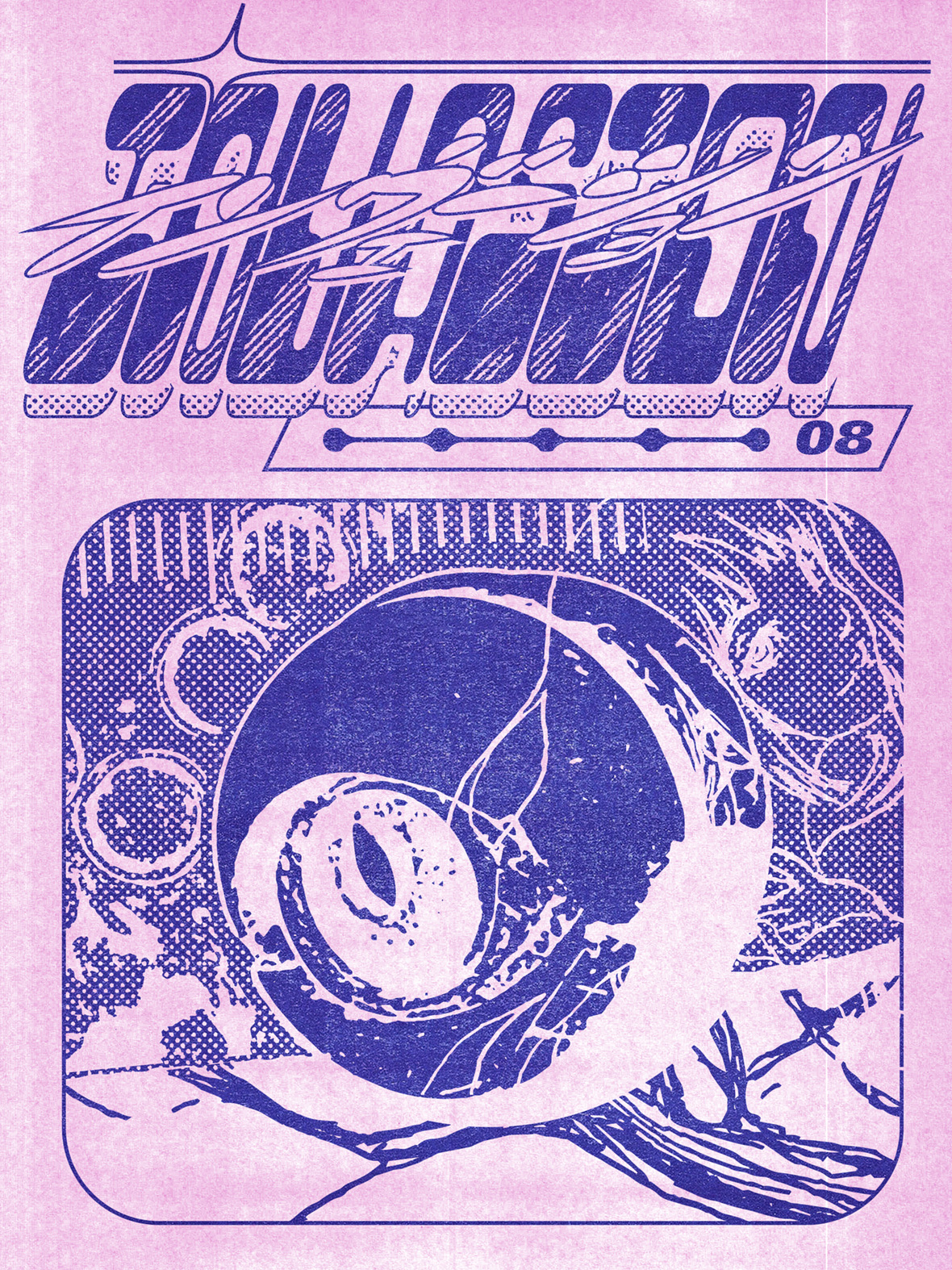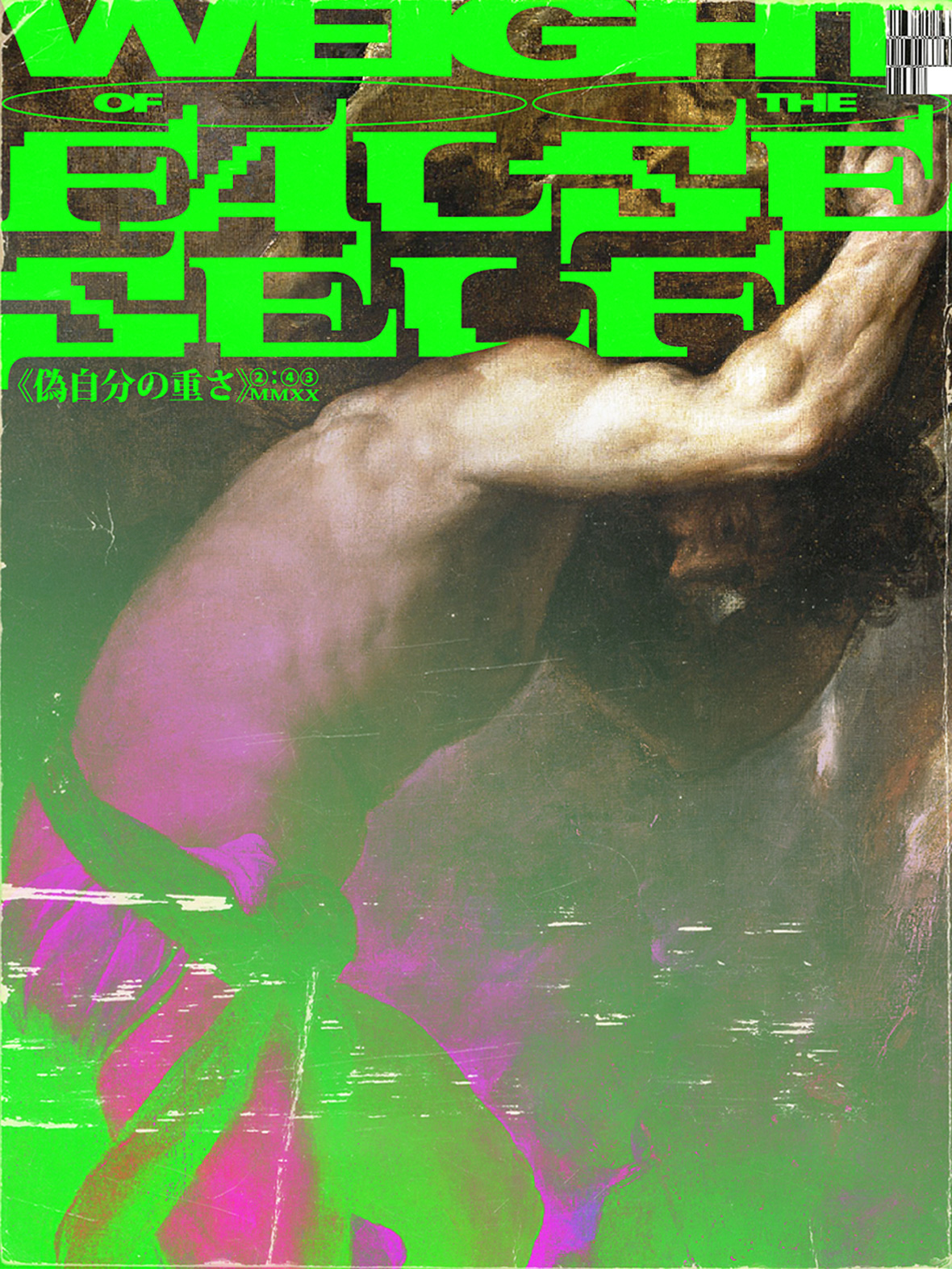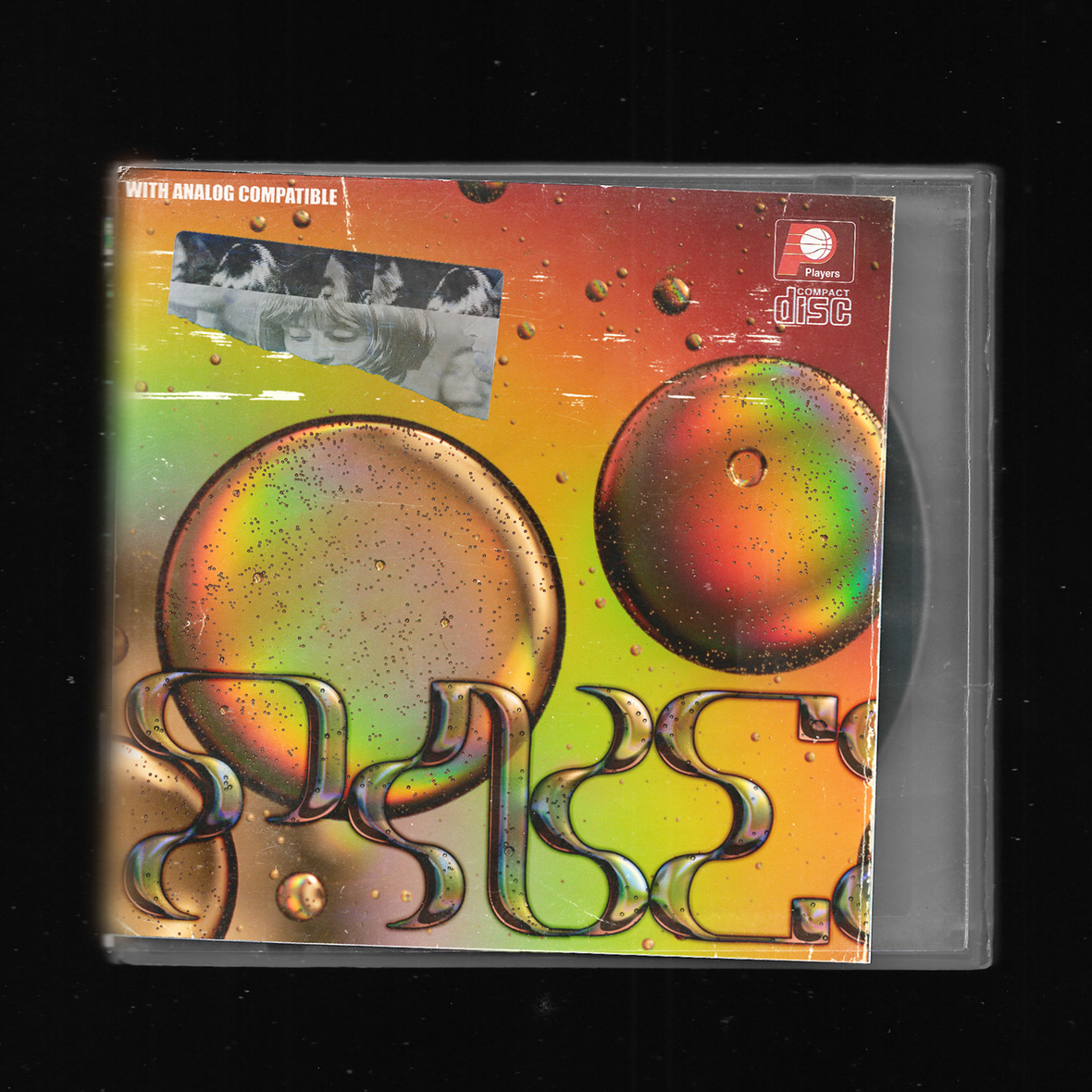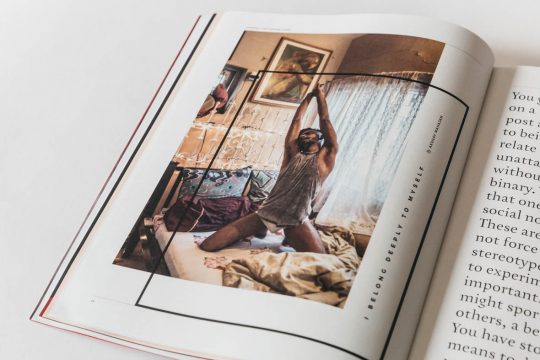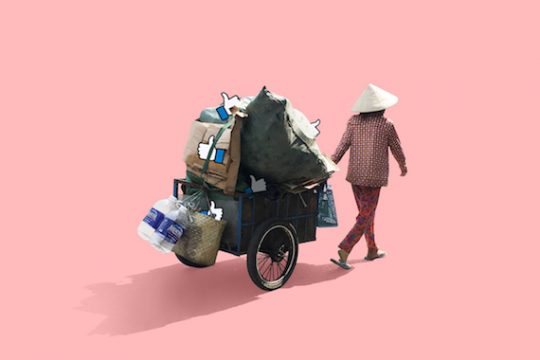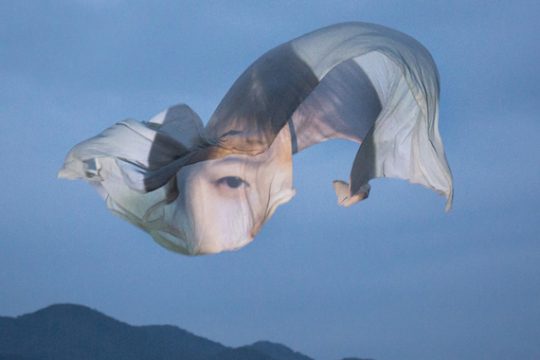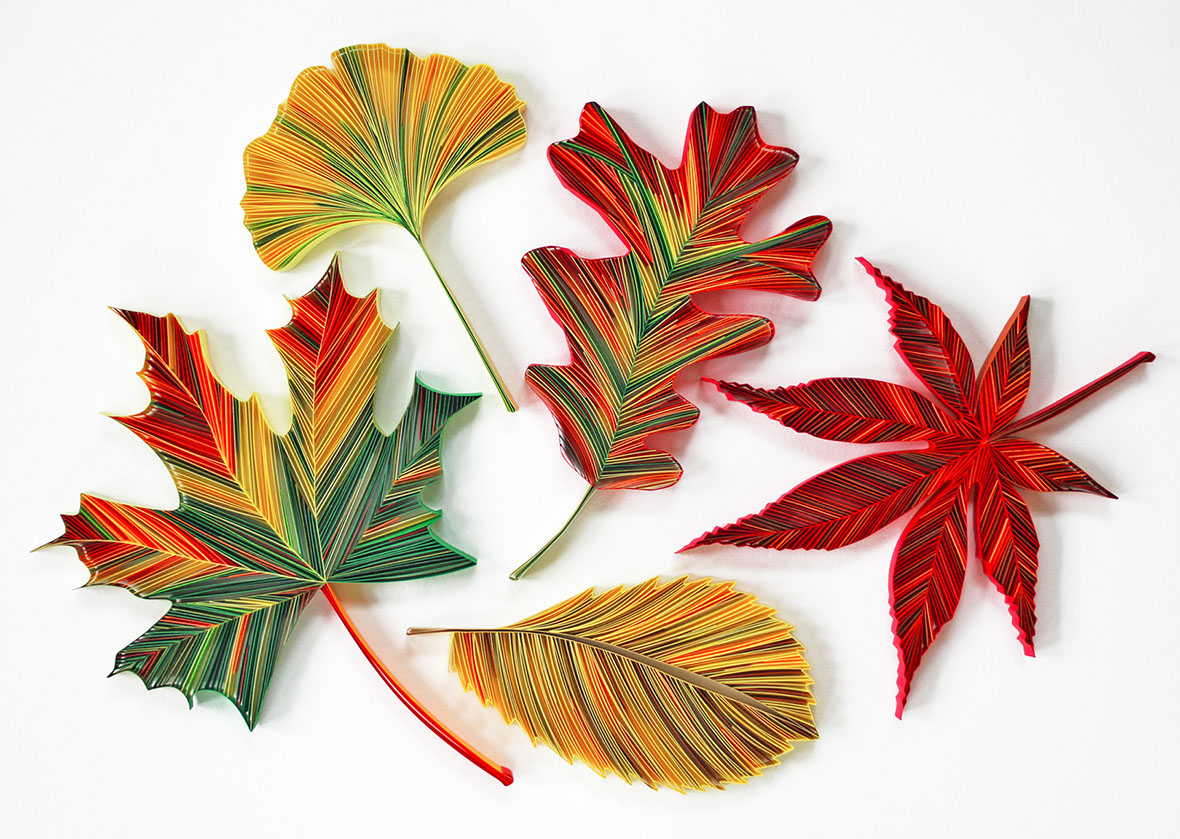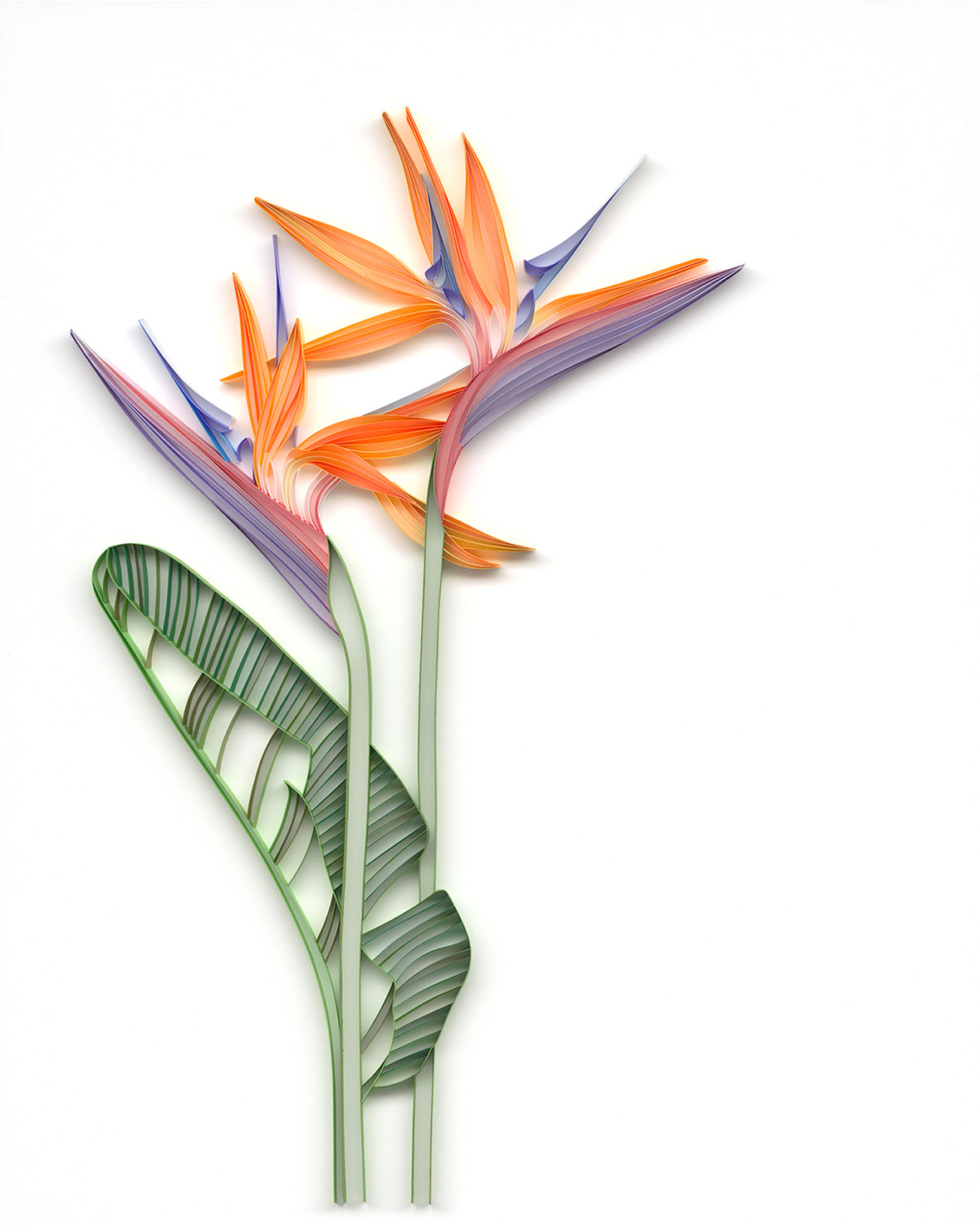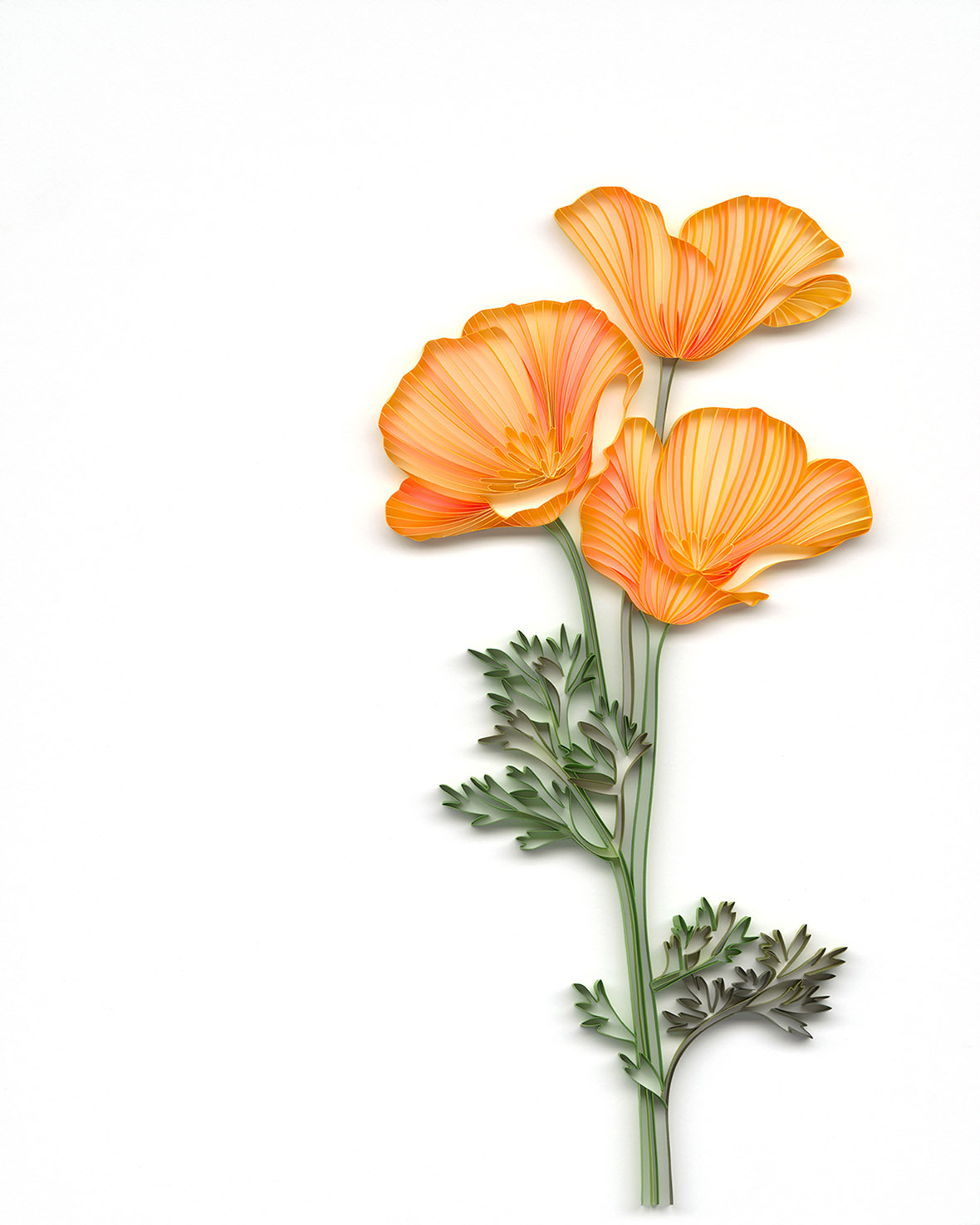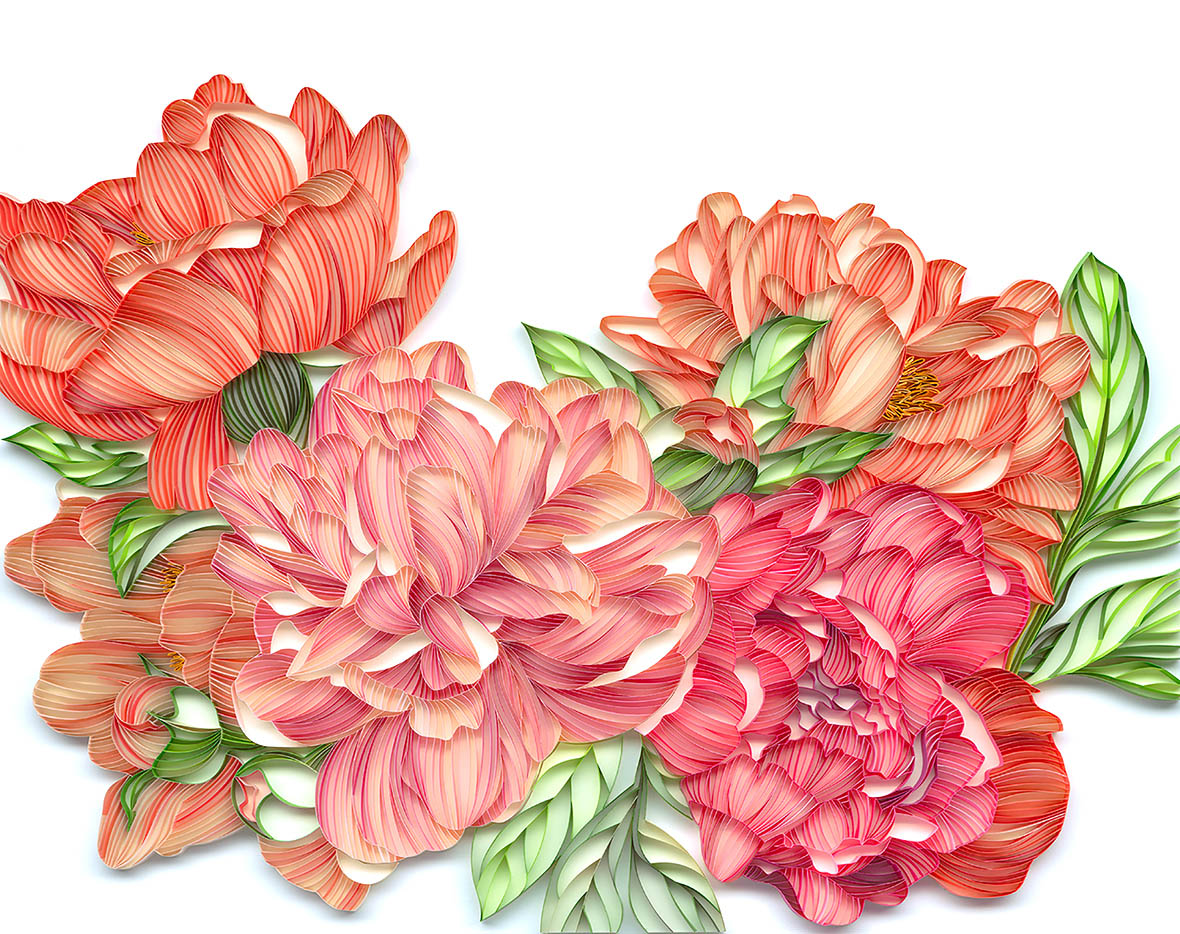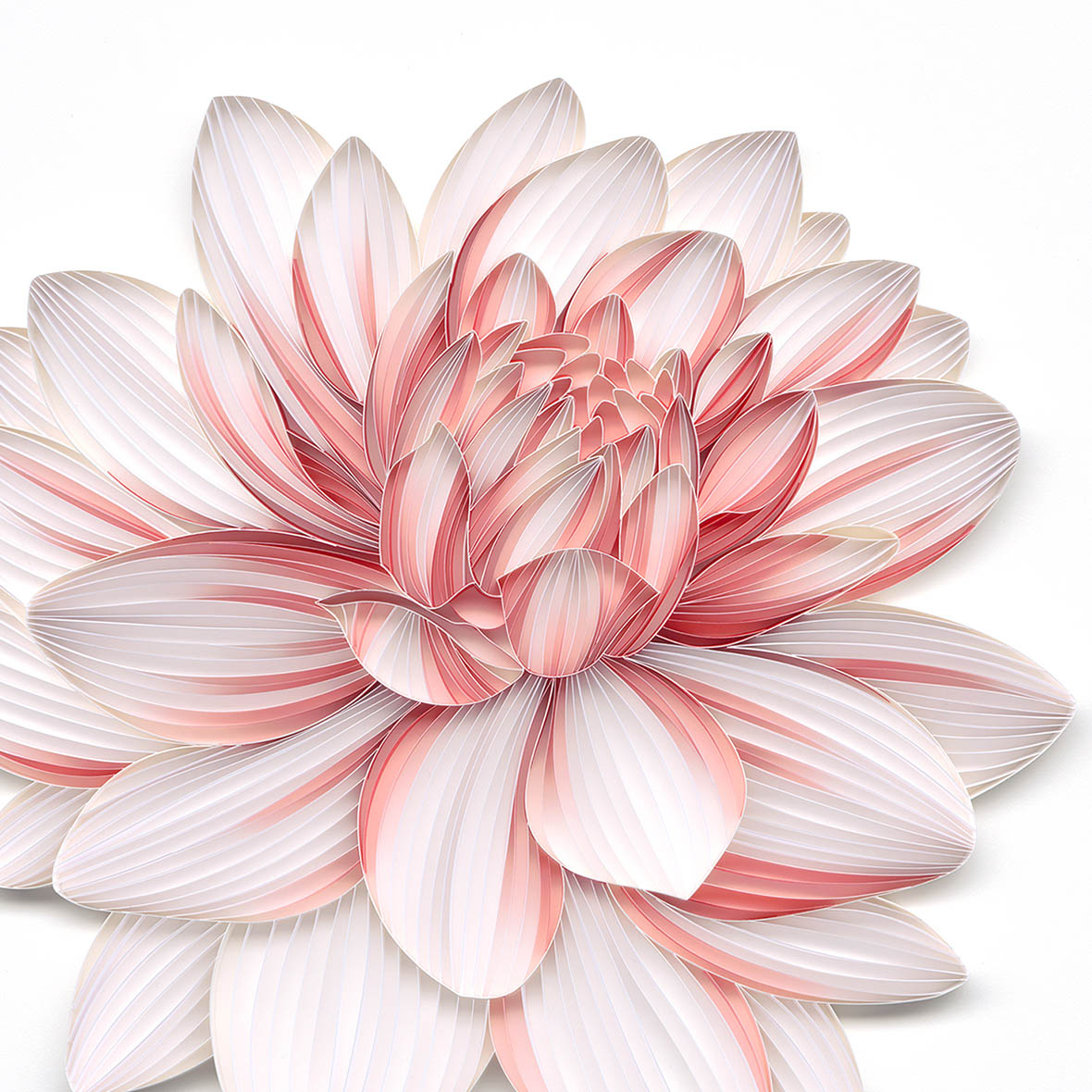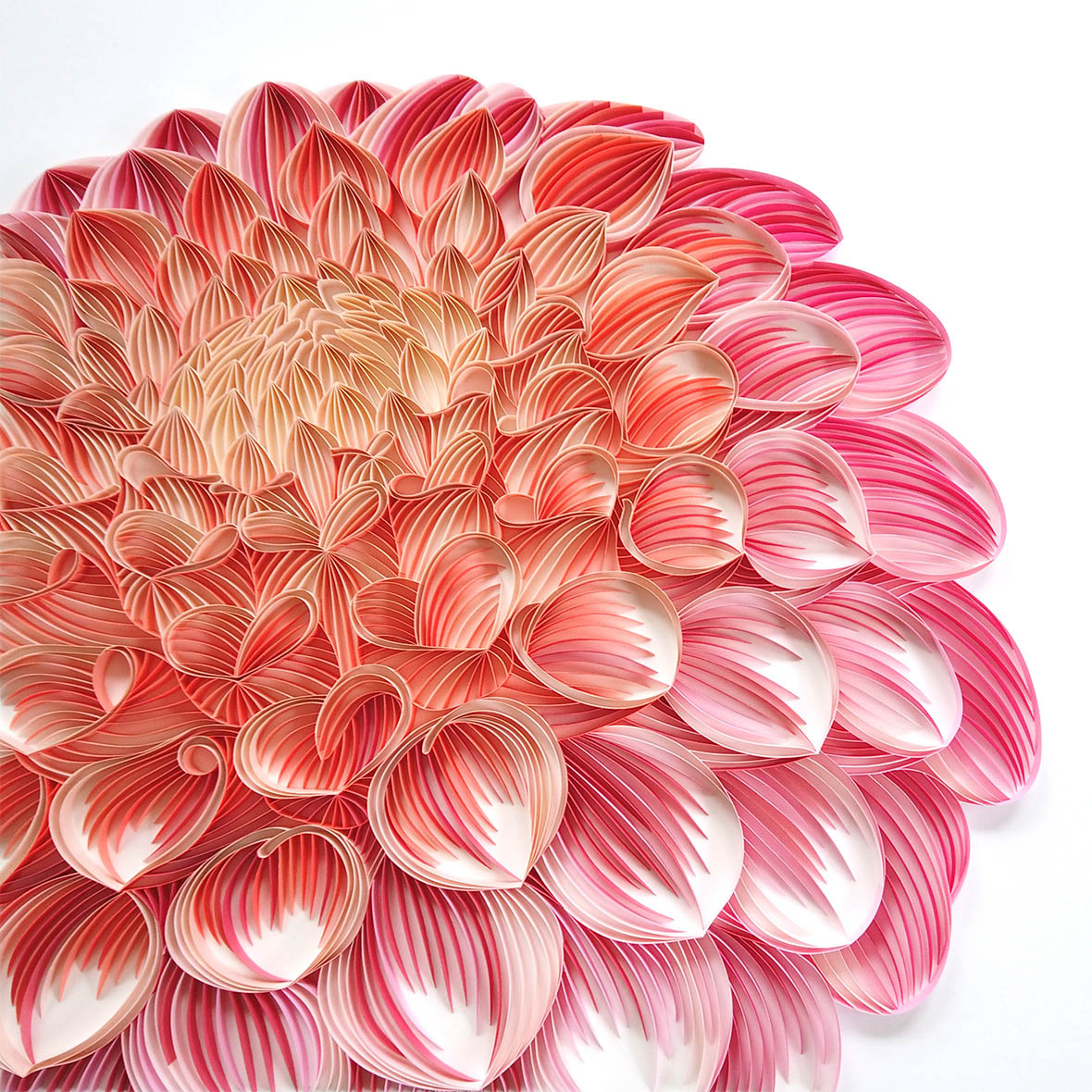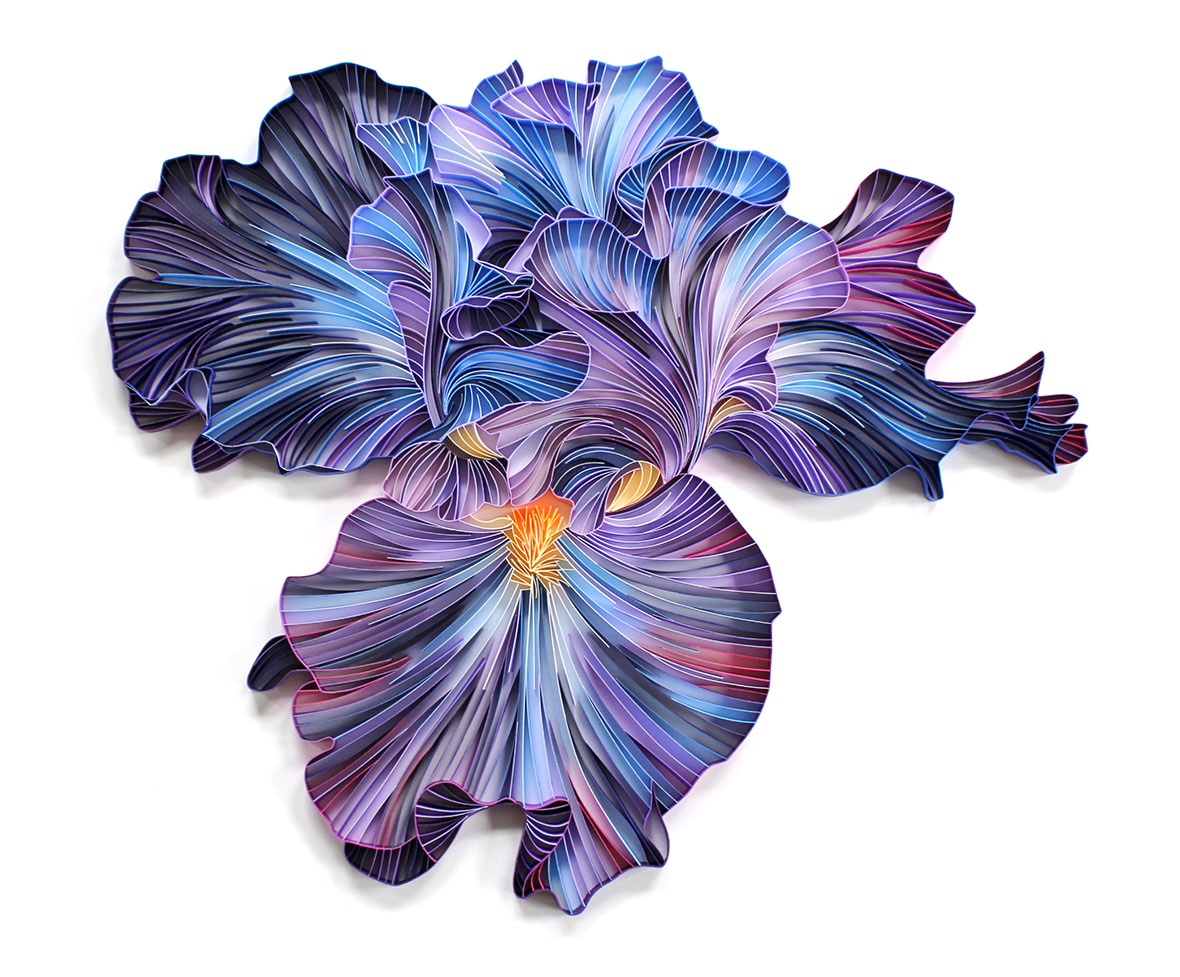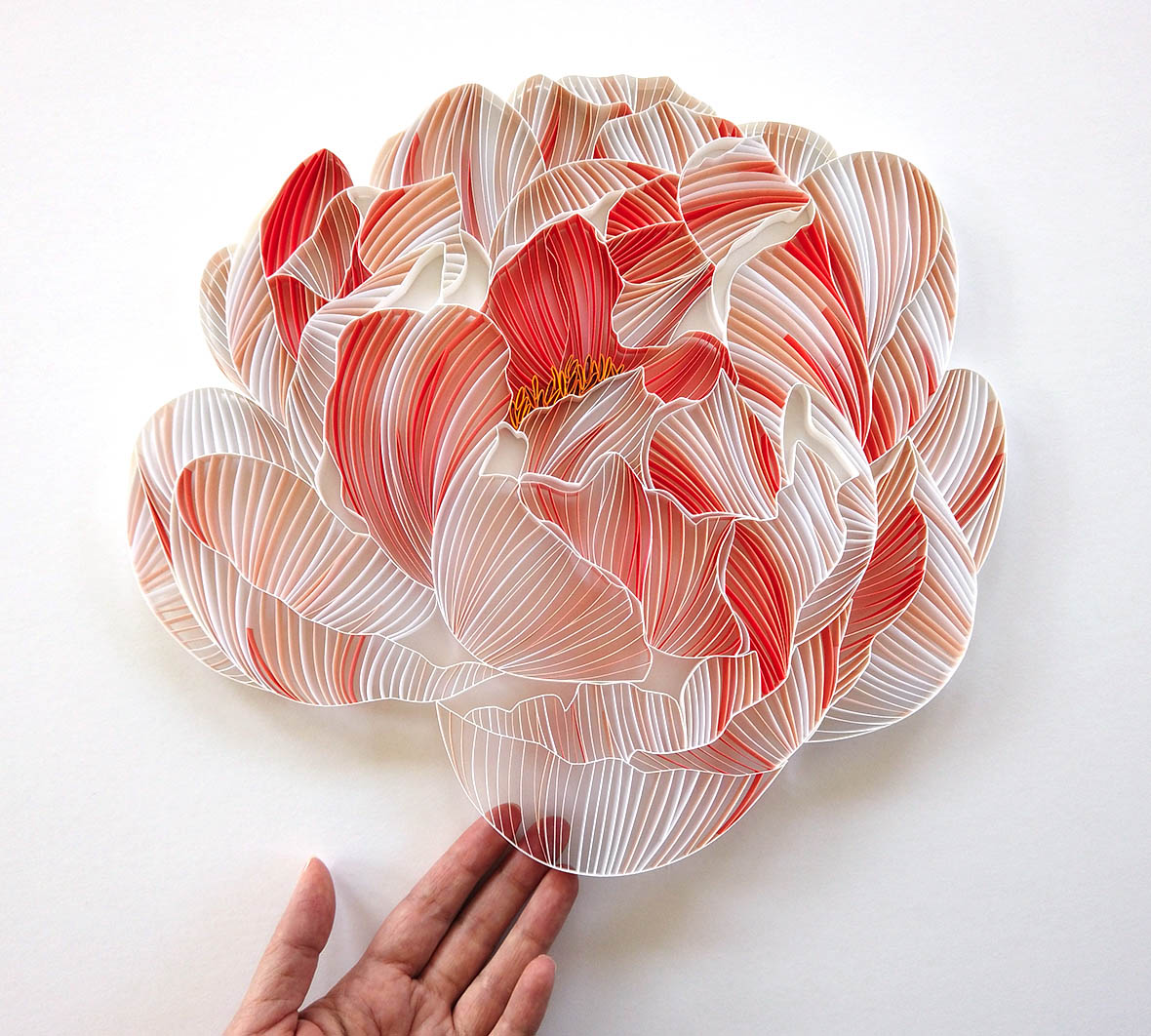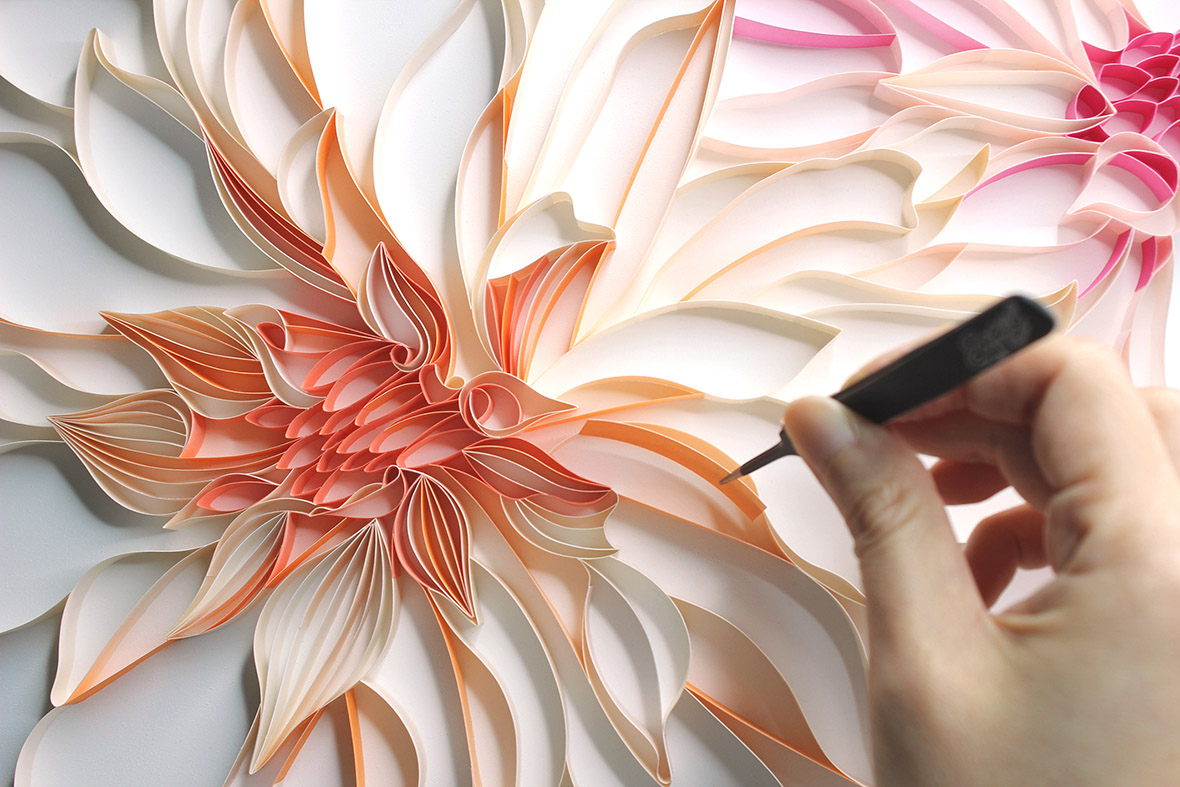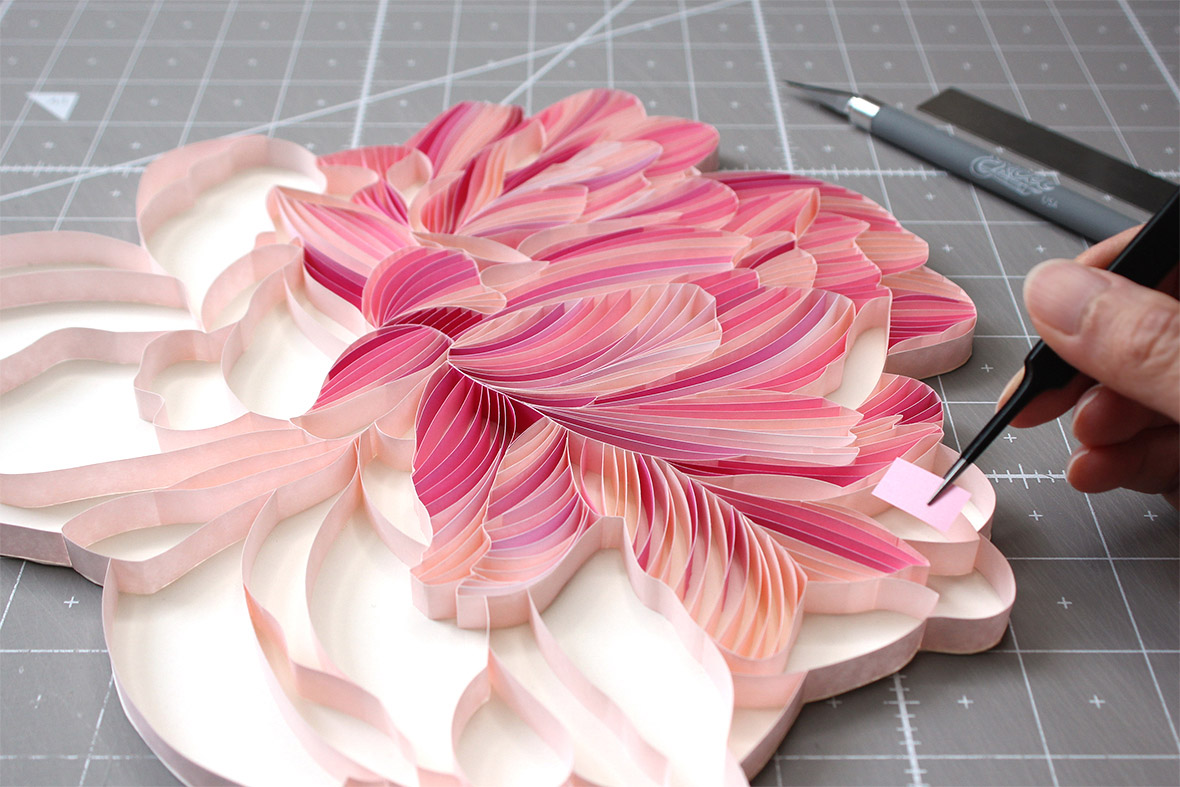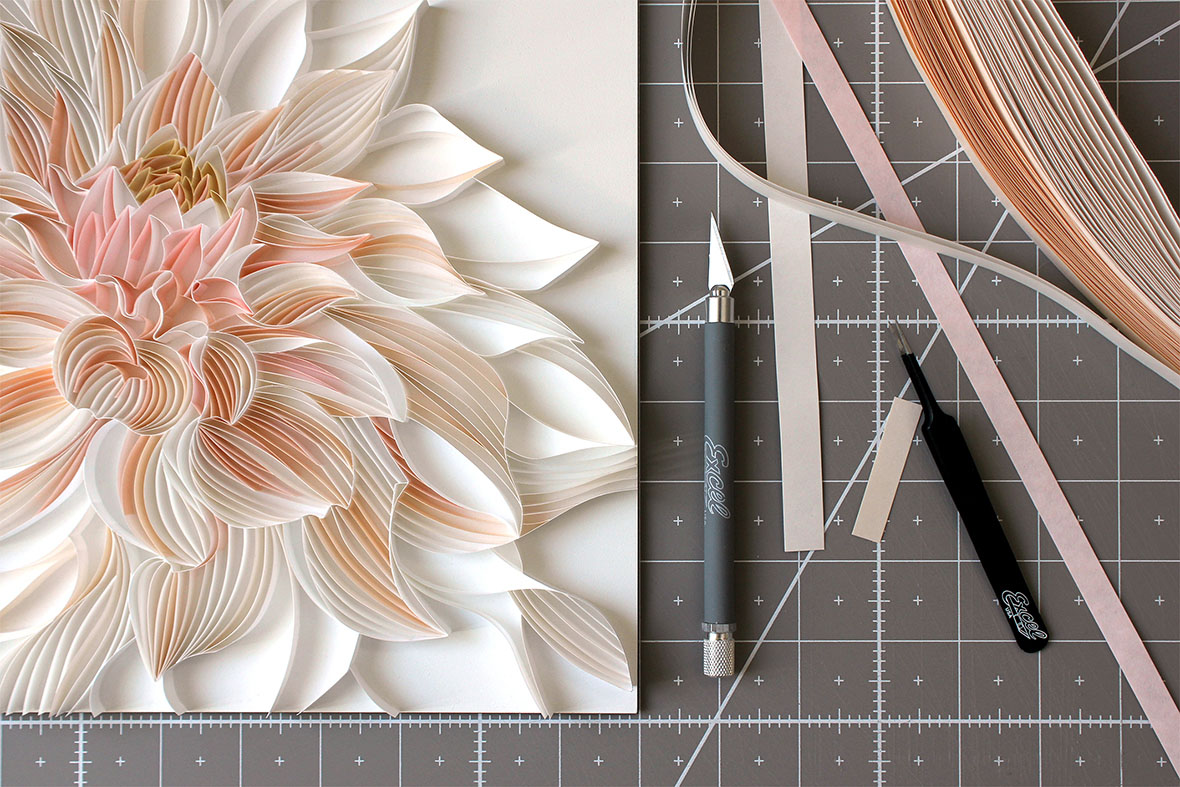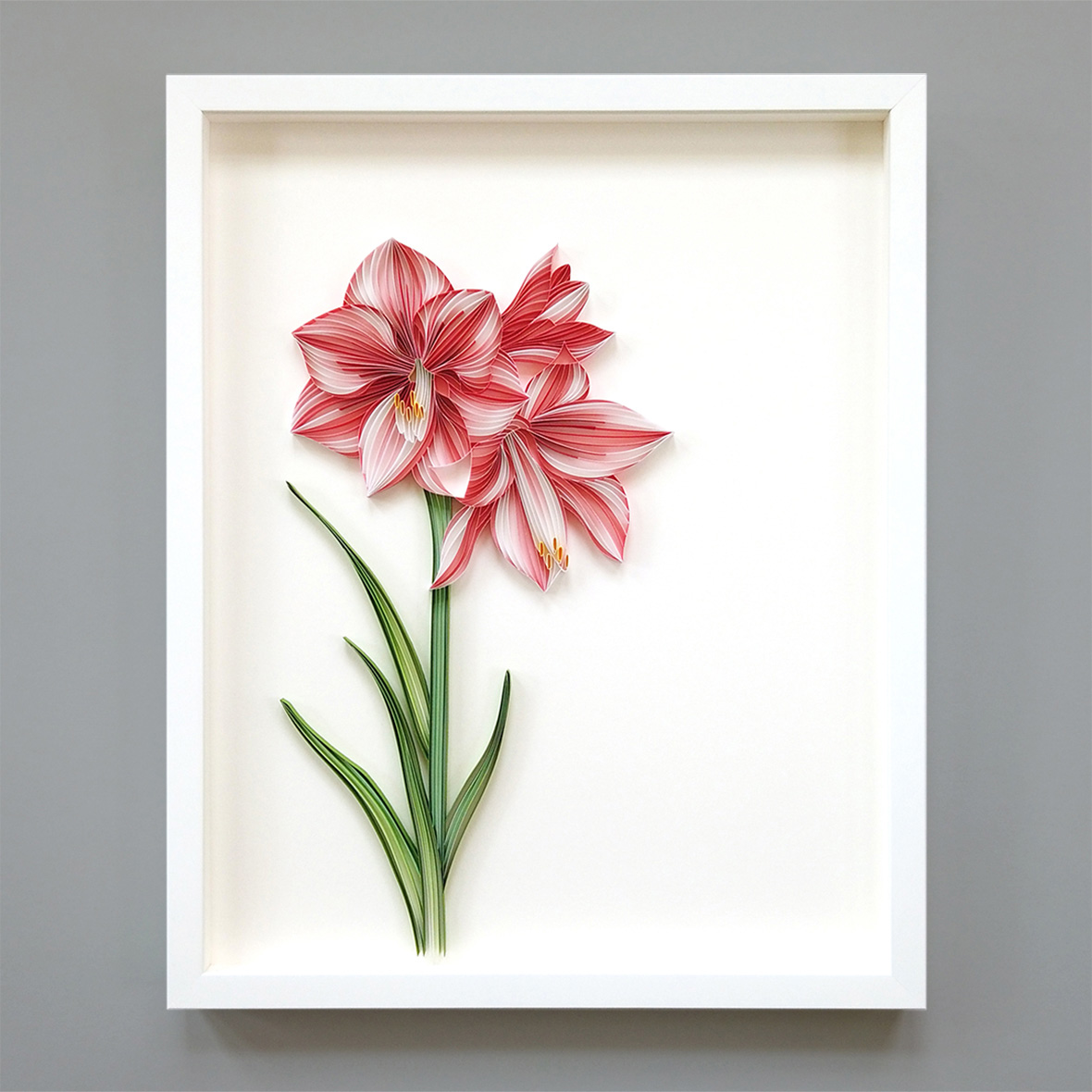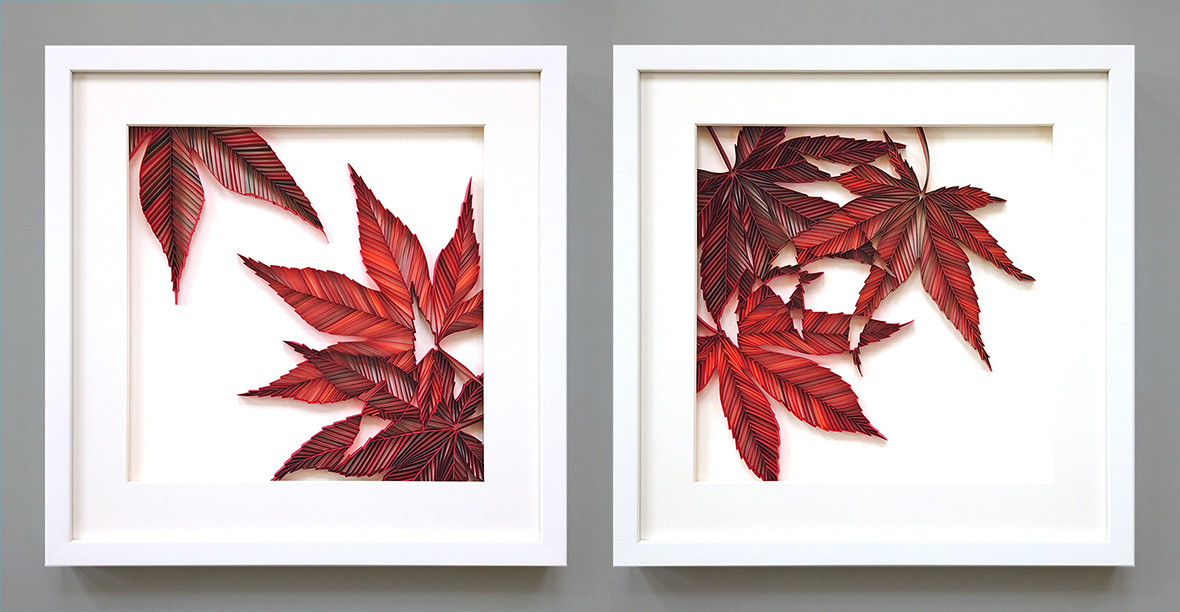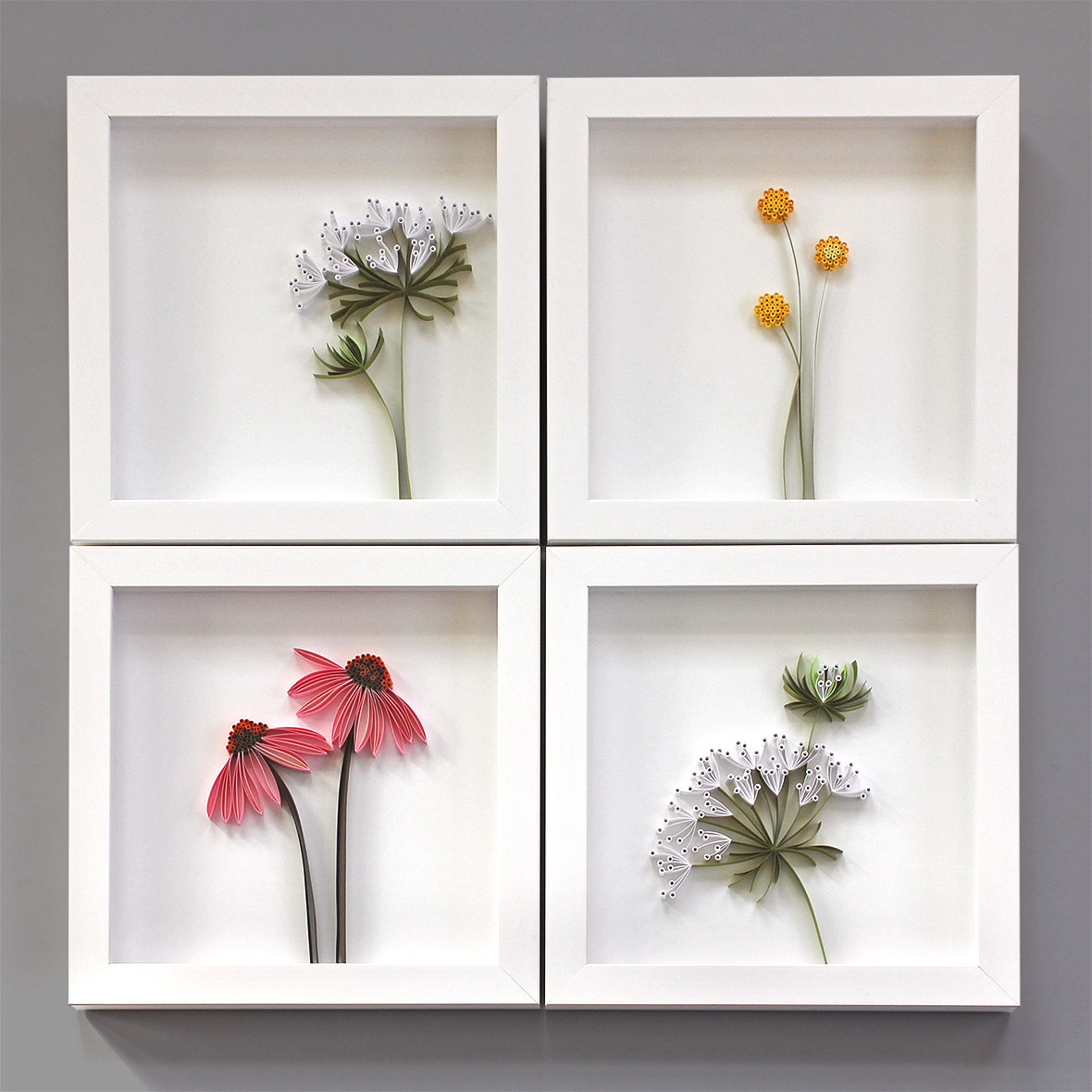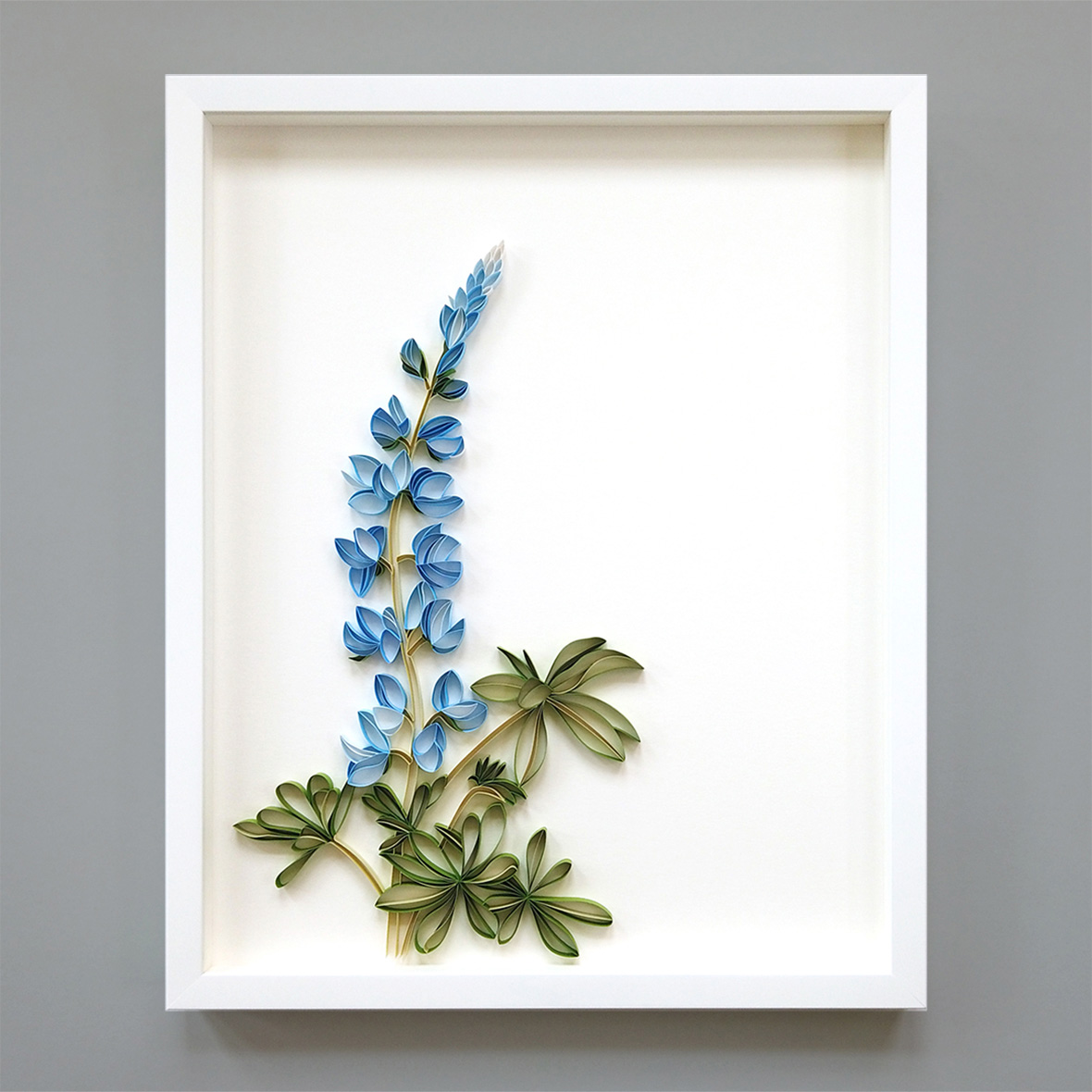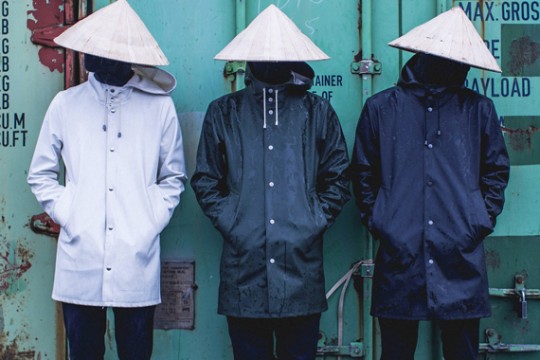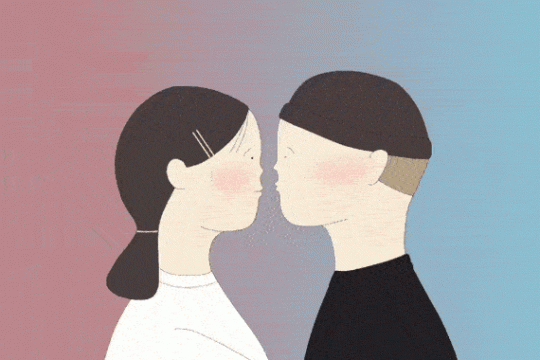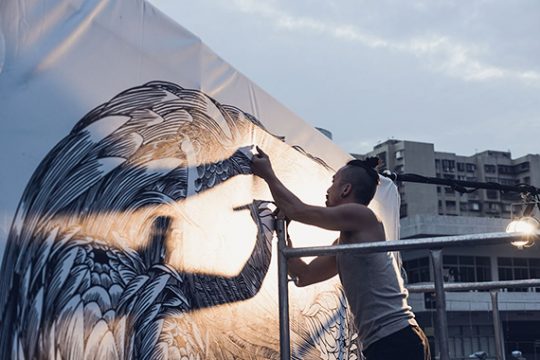
Black holes are fascinating. No one knows precisely what they are. A theory from science-fiction writers is that they’re a spacetime portal, a shortcut in the universe, teleporting whatever crosses them into another dimension. Beyond what lies past them, there’s also a mystery with whatever is left behind.
31-year-old Thai artist Kantapon Metheekul, also known as Gongkan, finds comfort in the idea of these holes being passages to a superior dimension. It’s a concept he explores in several projects, the most notable being his paintings featuring cartoon-like figures emerging placidly from magical portals. He named this style “Teleport Art.”
黑洞拥有令人着迷的力量,没有人知道它到底是什么,在科幻小说家的笔下,黑洞是穿越时空的门户,是宇宙中的任意门,穿过黑洞,就能到达另一个时空。除了黑洞后面的世界神秘莫测,穿越后所遗留下来的世界也同样令人好奇。
31 岁的泰国艺术家 Kantapon Metheekul(又名 Gongkan)将黑洞视为通往理想世界的通道,从中寻求慰藉。他在多个艺术项目中探索着这一个概念,其中最引人注目的莫过于一系列平静地穿过神奇黑洞的卡通人物作品,他称之为“Teleport”(瞬间转移)艺术。
The term teleportation relates to the idea of a magical passage—a transformative and healing force exuding a message of hope—and it’s almost invariably present in his work. In one of his favorite paintings, he depicts different harmful instruments, such as a gun, a missile, and a hand grenade being transmuted into benign objects, such as a pencil, a pear, and a flower, by way of a portal. The piece also shows changing sentiments, an insulting gesture replaced by a hand sign for love, a standoff into an embrace.
“瞬间转移”这个词令人联想到奇妙的通道,代表着转变和治愈的力量,传递给人们希望的信息,同时也是贯穿 Gongkan 作品的主题元素。在他最喜欢的一幅作品中,各种枪支、导弹和手榴弹等危险的工具在穿过黑洞后,变成了铅笔、梨子和花朵等人畜无害的物体。除此之外,这幅作品还有着情感的变化,粗鲁的手势变成代表爱的手势,对峙变成了拥抱。

Even if they often have a human shape, Gongkan’s characters are otherworldly. They appear detached, not aloof or cold but assured and calm. We can see this in his portrayal of a young man with serene eyes rising from a portal that’s simultaneously the sky and the sea. Gongkan’s paintings are atmospheric, almost like a dream sequence, borrowing elements from Magrittean surrealism.
Gongkan 笔下的角色虽然有着人类的外形,却又有点超凡脱俗。他们看上去超然尘外,但又非高高在上或冷眼旁观,而呈现出一派平和与冷静。譬如在其中一幅作品中,神色不惊的年轻男子正穿过既是天空又是大海的黑洞。他的画作有一种空灵感,如同一帧帧的梦境,借鉴着雷内·马格里特式的超现实主义的元素。

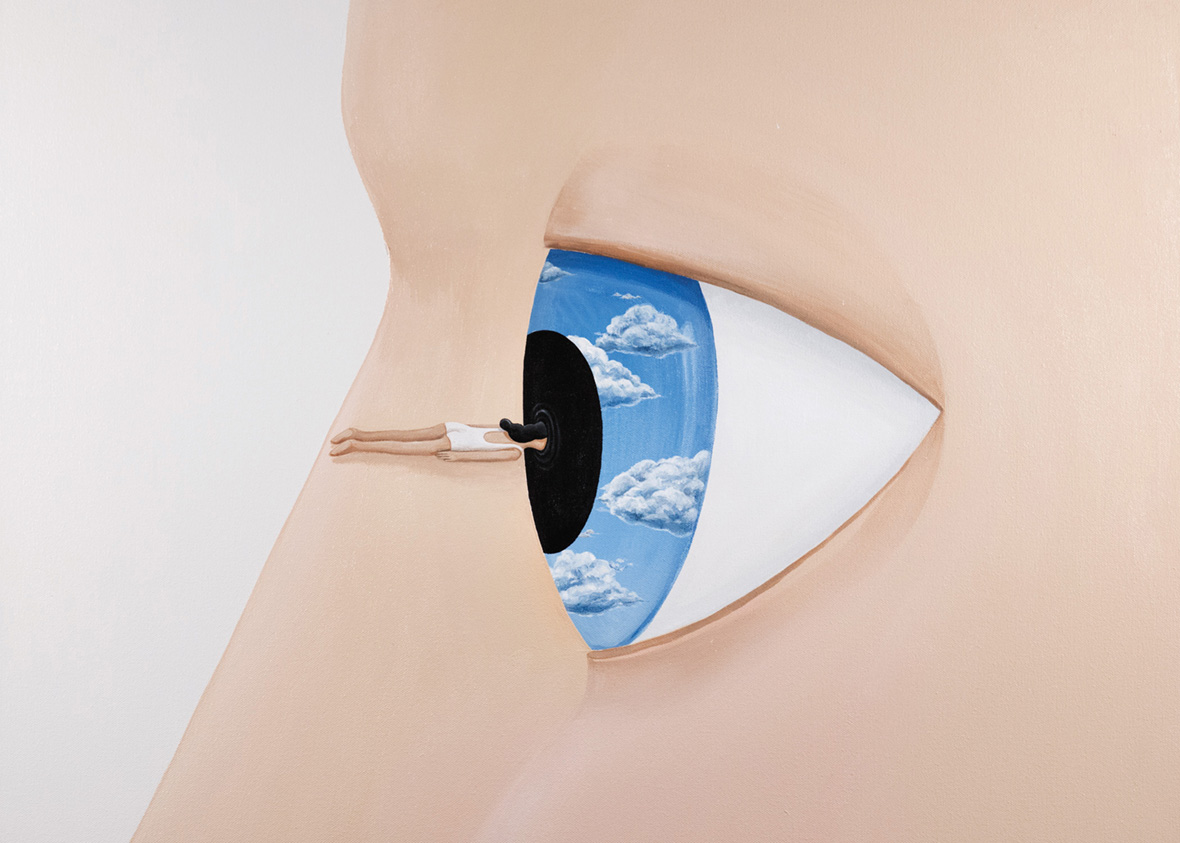
He started painting in this style in New York City, where he spent three years working as a creative in advertising. There, he felt lonely and suffered the emotional toll of trying to achieve the Big Apple dream. “It all started in New York when I was feeling stressed and depressed,” he recalls. “I drew a simple picture for self-encouragement: a man emerging from another dimension. It seemed that things could get better if I only could find a solution in my imaginary world.”
He wanted to share the relief he felt, and he began painting different murals in the city with similar styles. Gongkan also made stickers of his black-hole voyagers, slapping them throughout New York, gaining a reputation in street-art circles.
Gongkan 曾在纽约从事三年的广告创意工作,在此期间,他开创了这种绘画风格。在纽约生活的时候,他时常感到孤单寂寞,在追逐自己的“美国梦”的路上屡受挫折。他回忆说:“之所以有这个创意,是因为当时在纽约的生活充满了压力和沮丧。为了鼓励自己,我给自己画了一幅简单的画:一个人从一个时空穿梭到另一个时空。创意和想象的世界给了我逃脱的出口,让生活感觉不那么糟糕。”
Gongkan 想向其他人分享这种舒缓压力的方式,于是,他开始在纽约的墙壁上创作相似风格的壁画。此外,他还制作了一些黑洞旅行者贴纸,张贴于纽约街头,并因此在当地的街头艺术界赢得了关注。
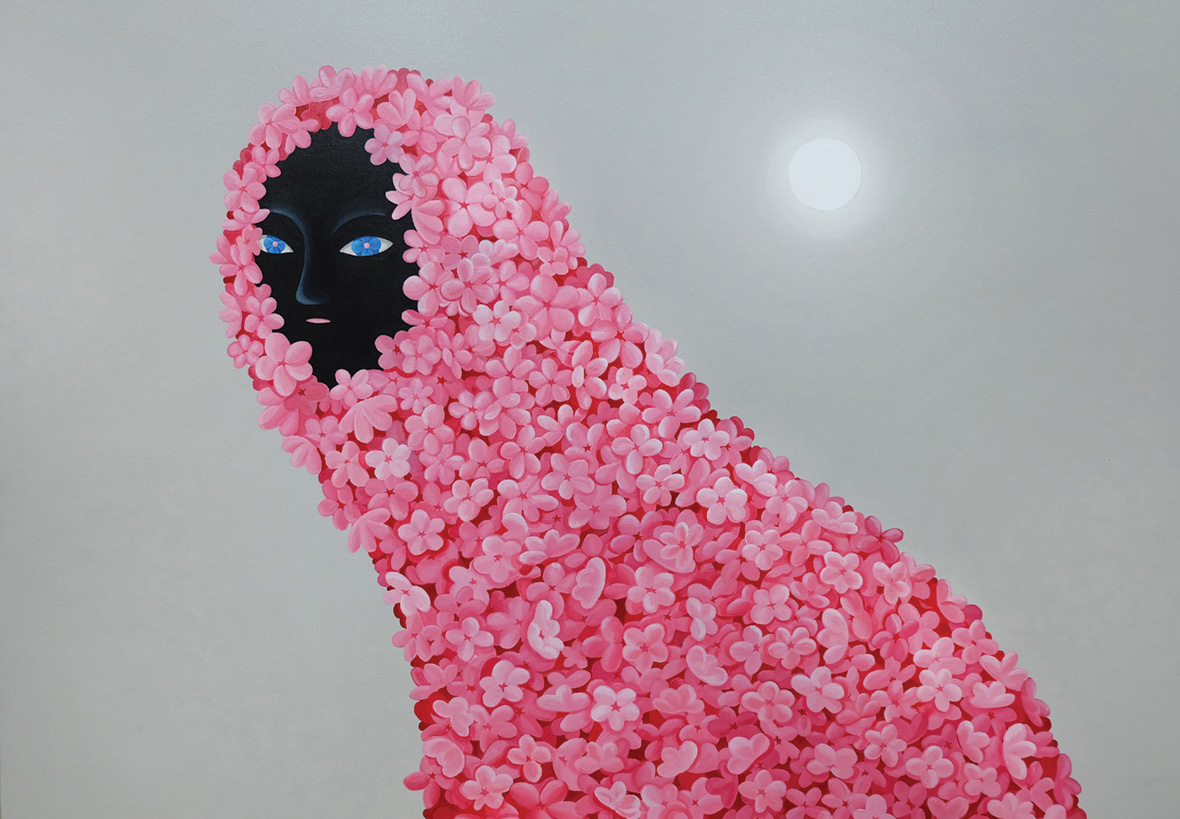
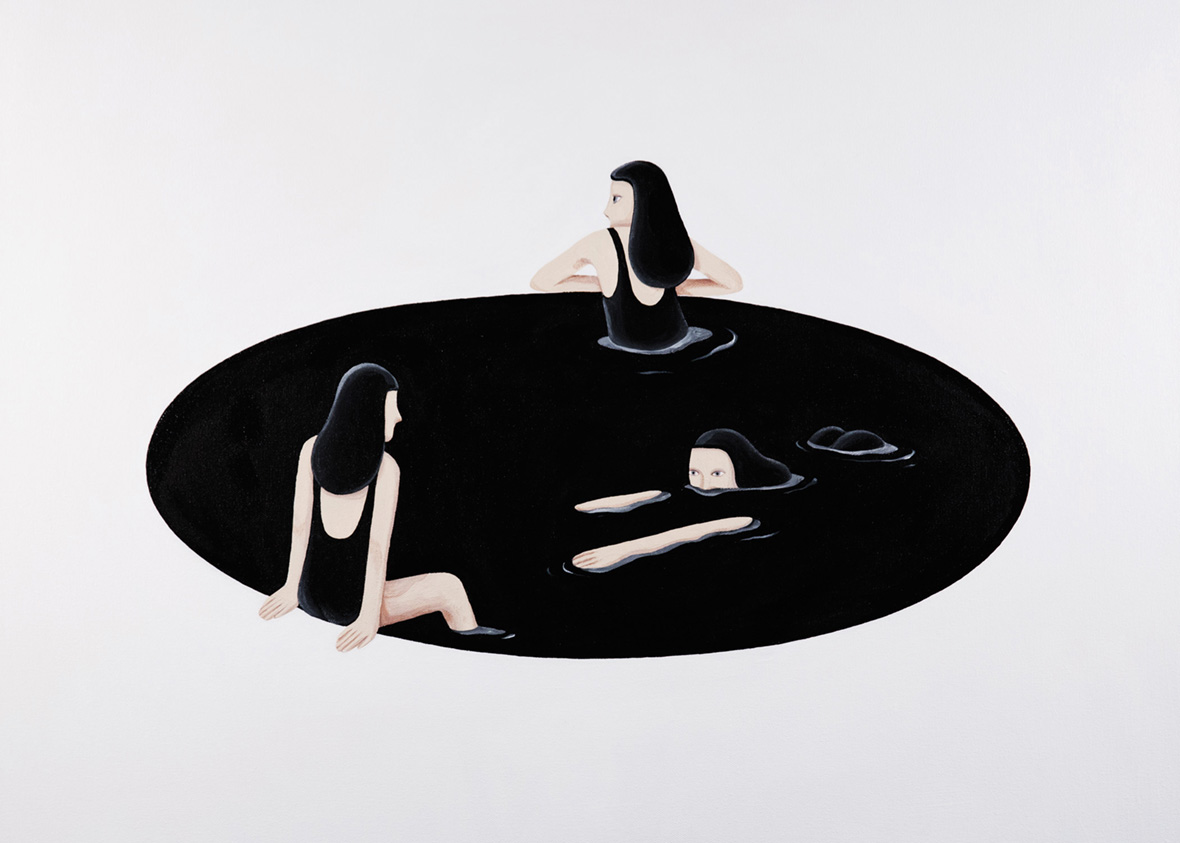
Gongkan moved back to Bangkok in 2019. His homeland opened up a new set of subjects for his freshly defined style, starting with his memories of his turbulent youth as an outlier. “I was mocked and bullied during my childhood for being gay,” he recalls. “Also, my family didn’t understand why I became a Christian while they are Buddhists. I wondered who defines what is right or wrong to pay respect to, or if I have to be in hell for being gay, even if I did nothing wrong.”
It was a lonely childhood, but he believes that his solitude helped him cultivate an aptitude for visual communication. Like most kids growing up in the 1990s, he gorged on TV cartoons, being particularly fascinated by shows drawn with simple lines and shapes. He would go beyond just watching them but conjured elaborate plots and background stories for the characters outside of the shows, outlining a fantastical world in his mind.
2019 年,Gongkan 回到曼谷,在这里,他的新艺术风格迎来了一系列的新主题,首先是他自己动荡的青春时期里的记忆。他回忆说:“小的时候,我常常因为是同志而被嘲弄和欺负。我的家人也不理解,明明他们都是佛教徒,为什么我偏偏会成为基督徒。那时候我很想知道到底是谁来定义对与错,是不是因为我是同性恋就必须下地狱,即使我没有做错什么。”
他的童年是孤独的,但他认为,正是这种孤独,帮助他培养了用视觉去交流的能力。和 1990 年代成长的大多数孩子一样,他沉迷于电视动画片,尤其是那些线条简单的动画作品。他不仅是单纯的观看,还会为片中的角色构想细致的情节和背景故事,在自己脑海里打造一个异想世界。
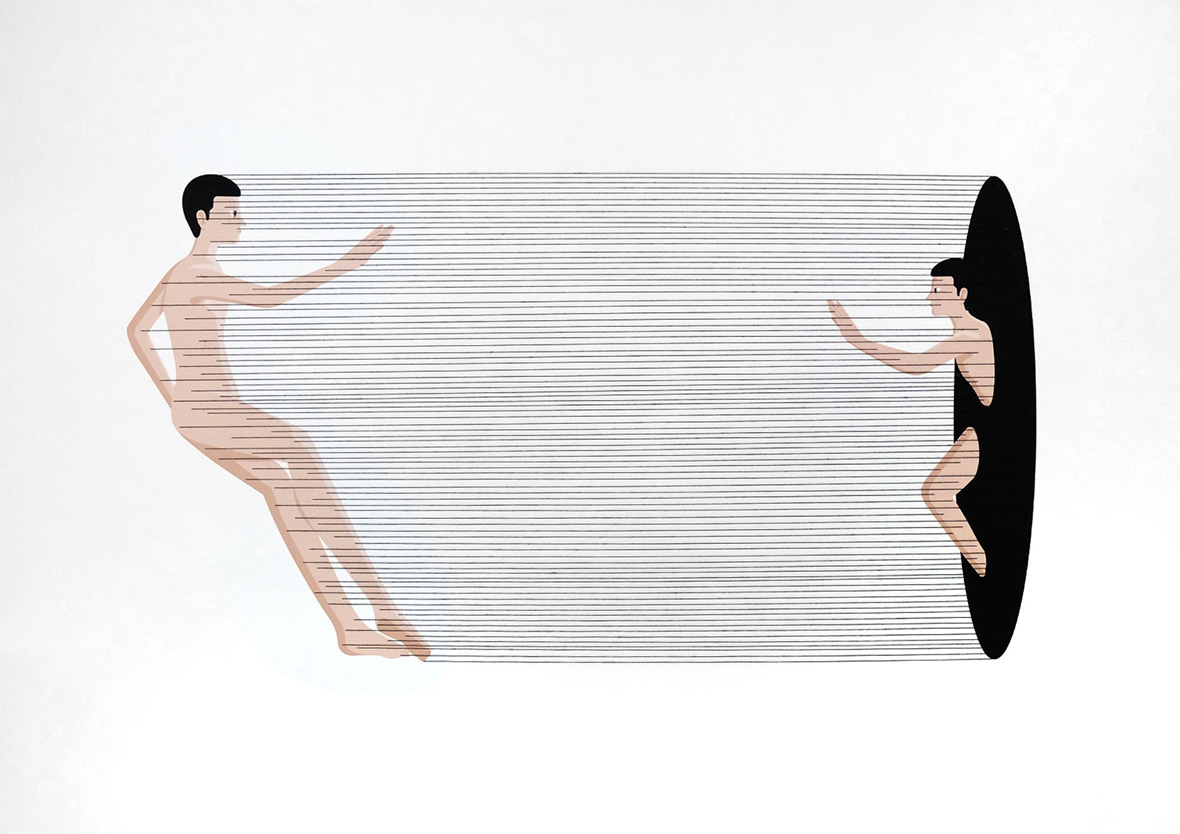
Although his favorite medium is painting, Gongkan’s work spans illustration, sculpture, photomontages, videos, and augmented reality. He welcomes the challenge of multi-disciplinarity every time, holding a renewed curiosity of what his overarching theme may look like in different forms. He also often combines his teleport art with the work of other artists and collaborates with different brands. In 2020, Gongkan collaborated with pop singer Troye Sivan in the Thai lyrics video for “Take Yourself Home.”
虽然绘画是他最喜欢的创作媒介,但 Gongkan 的作品涵盖了插画、雕塑、合成照片、视频和增强现实。他喜欢挑战跨界的艺术创作,渴望于探索同一主题在不同艺术形式的表现。此外,他还经常将自己这种“任意门”艺术和其他艺术家的作品结合,和不同的品牌联手合作。2020 年,Gongkan 携手流行歌手 Troye Sivan,制作了《Take Yourself Home》这首歌的泰语歌词 MV。
无法观看?前往腾讯视频
He certainly doesn’t shy away from admitting that most of his works reflect his life experiences. Still, they also reflect the world around him, notably the struggles salient in Thai society, such as inequality, LGBTQ issues, and corruption. But this is hardly presented in an explicit manner. Gongkan’s works have a reflecting capacity. Whether representing an escape from social, family, or career pressures, or from the overwhelming injustices of life, or even merely a much-needed moment of peace from the daily fight; his paintings touch viewers subliminally.
“My work is not about cute cartoons—It’s about freedom and extended hope to anyone who’s suffering,” Gongkan says. “The black hole means a dimensional gate that enables us to escape from this cruel world into a better one.”
Gongkan 坦承大部分的作品都来源于他自身的经历,同时也反映着周围的现实世界,尤其是泰国社会中那些突显的问题,例如不平等、LGBTQ 和腐败的问题,只是并非以一种直白的方式。他的作品拥有映射的能力:无论是逃避社会、家庭或职业压力,摆脱生活不公,或者是在艰难的日常生活里寻找一刻的和平,他的作品能够潜移默化地触动观众。
他说:“我的作品并不在于展示可爱的卡通漫画,而在于表达一种自由,为遭受苦难的人们带来希望。黑洞是一个穿梭时空的任意门,让人们得以逃离残酷的世界,进入一个更美好的世界。”
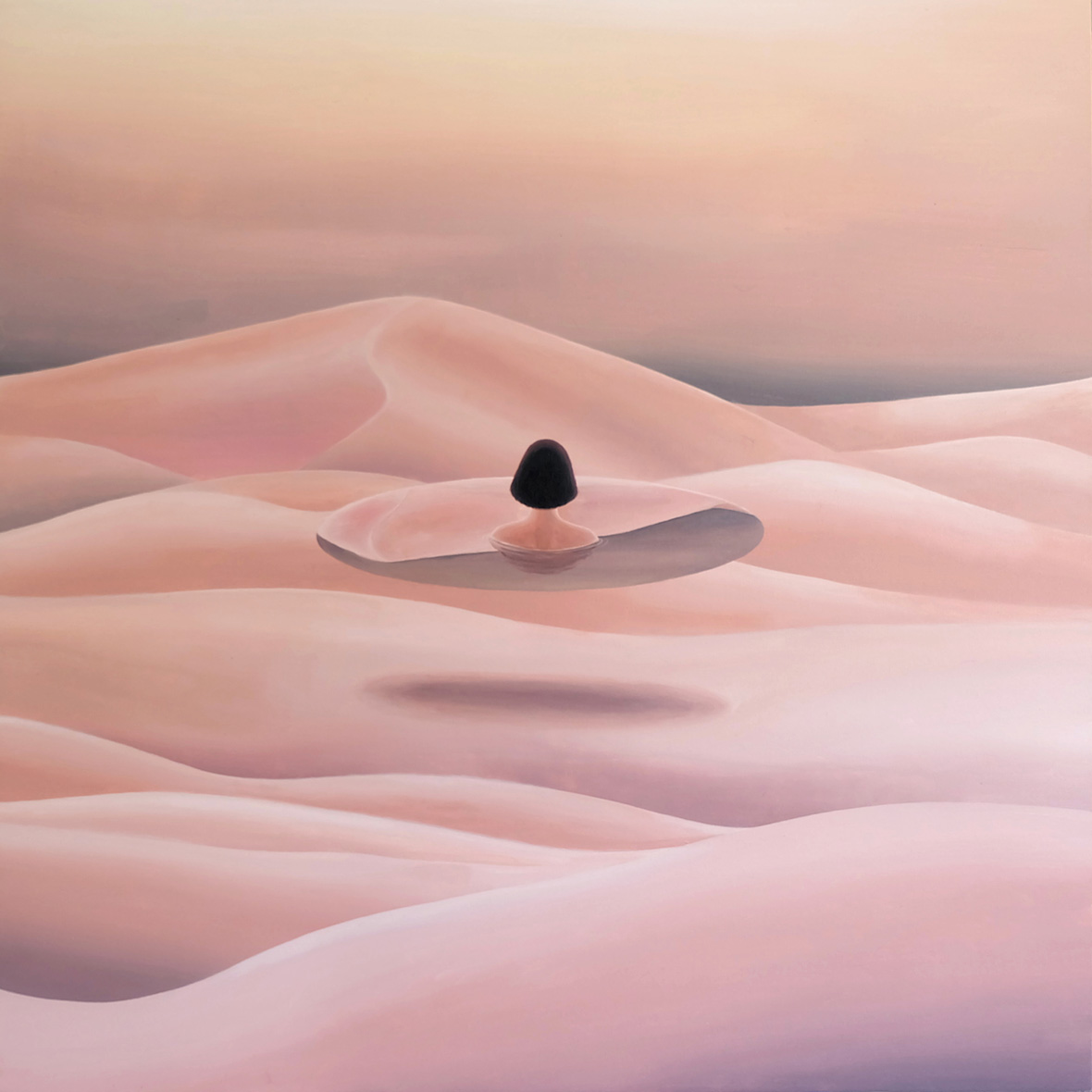
His teleportation daydreams came to him as an escape when the feeling of ineptitude haunted him. As he invites us to step through the same portal, whatever is beyond it or behind it becomes subjective, unique to us. What matters is that—real or surreal—another world is possible.
每当现实让他感到无能为力时,他的“任意门”艺术就是他的出口。他带领观众穿越着同一个黑洞,但对于黑洞所连接的两个世界,则取决于每个人的主观,每一个都是独一无二的。最重要的是告诉人们,在现实或超现实的世界之外,还会存在有另一个世界。
Like our stories? Follow us on Facebook and Instagram.
Website: www.gongkanstudio.com
Instagram: @gongkan_
Facebook: ~/gongkanstudio
Contributor: Tomas Pinheiro
Chinese Translation: Olivia Li
网站: www.gongkanstudio.com
Instagram: @gongkan_
Facebook: ~/gongkanstudio
供稿人: Tomas Pinheiro
英译中: Olivia Li


